Understanding Tile Size in ft: A Comprehensive Guide
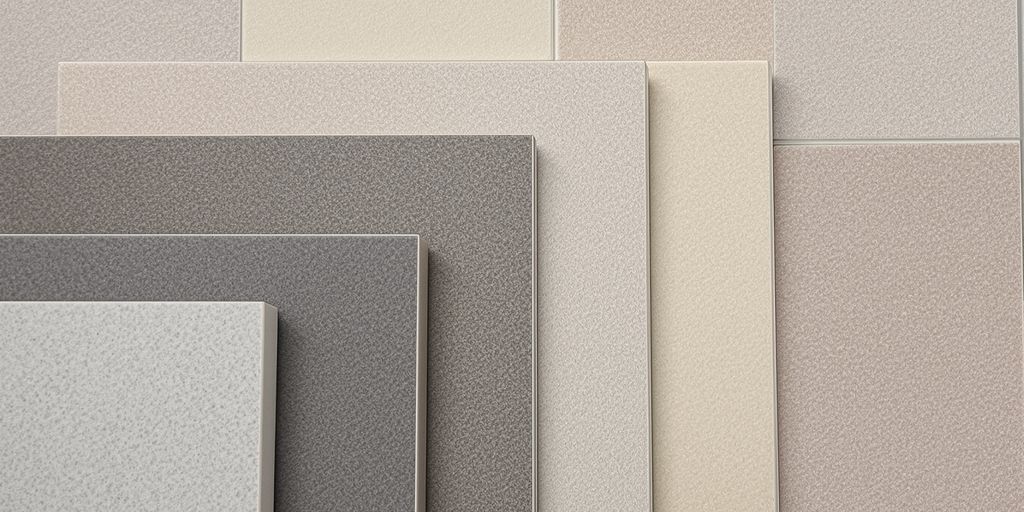
When you're thinking about tiling a space, picking the right tile size is a big deal. It's not just about how it looks, but also about how much material you'll use and how easy it is to put down. We're going to break down different tile sizes, focusing on measurements in feet, to help you make the best choice for your project. Whether you're doing a small bathroom or a large living area, understanding tile size in ft is key to getting that perfect finish.
Key Takeaways
- Understanding tile size in ft is important for both the look and the practicality of a tiling project.
- Different tile sizes, like 1 ft x 1 ft squares or 2 ft x 4 ft planks, create different visual effects in a room.
- Large format tiles, such as 4 ft x 8 ft, can make spaces feel more open and reduce the amount of grout.
- Knowing how to convert between metric and imperial measurements is vital for accurate tile ordering.
- Always check the actual tile size, not just the nominal size, to avoid installation issues.
- Calculating the total area you need to cover, plus extra for cuts, is crucial for buying the right amount of tile.
- The size of tiles can greatly influence the perception of a room's size and overall ambiance.
- Choosing the right tile size can also affect installation efficiency and long-term maintenance.
Understanding Tile Size in Feet: A Foundational Overview
Choosing the right tile size is more than just picking a pretty pattern; it's about making smart design decisions that impact your entire project. Understanding tile dimensions in feet is your first step toward a successful renovation. It affects how a room feels, how much material you'll need, and even how easy installation will be. Let's break down why these measurements matter so much.
The Significance of Tile Dimensions in Design
Tile size plays a huge role in the overall look and feel of a space. Larger tiles can make a room feel more open and expansive, with fewer grout lines creating a cleaner, more modern appearance. Smaller tiles, on the other hand, can add intricate detail and a sense of coziness. The dimensions you choose directly influence the visual flow and aesthetic of your design.
Why Feet Measurements Matter for Your Project
While tiles are often manufactured using metric measurements, understanding them in feet is essential for many projects, especially in the US. Feet measurements help you visualize the scale of the tiles within your space and make it easier to calculate coverage and material needs. Knowing these conversions helps avoid costly mistakes and ensures you order the correct amount of material, whether you're looking to buy marble tiles online in the USA or sourcing travertine pavers in California.
Balancing Aesthetics and Practicality with Tile Size
It's a balancing act. You want tiles that look fantastic, but they also need to be practical for your space. Consider the room's size and layout. A large format tile might be stunning in a spacious living room but could overwhelm a small bathroom. Think about how the tile size will affect installation, potential waste, and the overall maintenance of the area.
How Tile Size Influences Room Perception
Tile size can dramatically alter how a room is perceived. Larger tiles, with their fewer grout lines, can create an illusion of greater space, making smaller rooms feel more expansive. Conversely, smaller tiles or mosaics can add texture and detail, making a larger room feel more intimate and comfortable. The way light reflects off the surface also changes with tile size, impacting the room's brightness.
The Role of Tile Size in Material Efficiency
When you're planning a tiling project, material efficiency is key. The size of the tiles you select directly impacts how much material you'll need and how much waste you'll generate. Larger tiles often mean fewer cuts and less waste, especially in larger areas. Understanding how to calculate coverage area in square feet is vital for ordering the right amount, plus a little extra for cuts and future repairs.
Navigating Tile Size for Various Applications
Different areas call for different tile sizes. For instance, a busy kitchen floor might benefit from larger, easy-to-clean tiles with minimal grout, while a shower wall might be perfect for smaller, decorative tiles or mosaics. Outdoor spaces often use larger, thicker tiles for durability and slip resistance. Matching the tile size to the application ensures both performance and style.
Choosing the Right Tile Size for Visual Harmony
Ultimately, the goal is visual harmony. This means selecting tile sizes that complement the room's proportions and your desired style. Whether you're aiming for a sleek, modern look with large format tiles or a classic feel with smaller, more traditional sizes, the right choice ties the entire design together. It’s about creating a cohesive and pleasing environment that you’ll love.
Exploring Common Square Tile Dimensions in Feet
Choosing the right tile size is a big deal for any renovation. Square tiles are a popular choice because they offer a clean, balanced look that works in almost any space. Let's look at some common square tile sizes and how they can transform your home.
The Versatility of 1 ft x 1 ft Square Tiles
These classic tiles are incredibly versatile. They work well in smaller areas like bathrooms or kitchens, and they can also be used for intricate patterns. Their size makes them easy to handle and install, which can save on labor costs. If you're looking for a reliable, go-to option, the 1 ft x 1 ft tile is a solid choice. You can find great deals on these if you buy marble tiles online USA.
Achieving Spaciousness with 2 ft x 2 ft Tiles
Want to make a room feel bigger? The 2 ft x 2 ft square tile is your friend. Its larger size means fewer grout lines, creating a more open and continuous look. This is perfect for living rooms, open-plan kitchens, or even smaller spaces where you want to create an illusion of more room. They give a modern, streamlined appearance that's hard to beat.
The Impact of 1.31 ft x 1.31 ft Square Tiles
Stepping up from the 1 ft x 1 ft, the 1.31 ft x 1.31 ft (or 16" x 16") tile offers a bit more presence. It's a great middle ground, providing a slightly more substantial feel than smaller tiles without overwhelming a space. This size is excellent for creating a balanced look in dining rooms or hallways.
Utilizing 2.5 ft x 2.5 ft Square Tiles for Balance
The 2.5 ft x 2.5 ft (or 32" x 32") tile brings a sense of modern elegance. Its generous size works wonderfully in larger rooms, helping to reduce grout lines and create a smooth, expansive surface. This size is particularly effective in creating a cohesive look across open-concept living areas.
The Grandeur of 4 ft x 4 ft Square Tiles
For a truly dramatic and luxurious feel, consider the 4 ft x 4 ft square tile. These large format tiles are ideal for making a statement in grand entryways, spacious living areas, or commercial spaces. They minimize grout lines to an absolute minimum, offering a sleek, almost monolithic appearance. This size is perfect for achieving a high-end look.
Selecting Square Tiles for Modern Aesthetics
Square tiles, in general, lend themselves well to modern design. Their clean lines and geometric simplicity fit perfectly with contemporary styles. Whether you choose a small, classic 1 ft x 1 ft or a bold 4 ft x 4 ft, square tiles provide a solid foundation for a stylish interior.
Square Tile Sizes for Enhanced Room Flow
Think about how the size of your tile affects the feel of the room. Smaller tiles can make a small room feel busy, while larger tiles can make a large room feel more connected. The key is to match the tile size to the room's proportions for the best visual flow. For example, using 2 ft x 2 ft tiles in a medium-sized room can create a sense of spaciousness and continuity.
Mastering Rectangular Tile Sizes in Feet

Rectangular tiles offer a dynamic approach to design, bringing both visual interest and practical advantages to any space. Unlike their square counterparts, rectangular tiles can be laid in various patterns, creating unique looks from classic subway styles to modern, elongated layouts. This versatility makes them a go-to choice for designers and homeowners alike who want to add a touch of sophistication and depth to their floors and walls. When considering rectangular tiles, understanding their dimensions in feet is key to achieving the desired aesthetic and ensuring efficient material usage. Whether you're aiming for a sleek, contemporary feel or a more traditional charm, the right rectangular tile size can transform your project.
The Adaptability of 1 ft x 2 ft Rectangular Tiles
The 1 ft x 2 ft (or 12 in x 24 in) tile is a workhorse in the world of rectangular tiles. Its balanced proportions make it incredibly adaptable for a wide range of applications. It’s a popular choice for kitchen floors, offering a clean and spacious feel without being overwhelming. In bathrooms, these tiles can create a sense of order and expand the perceived size of the room, especially when laid in a stacked or offset pattern. For walls, they provide a modern look that minimizes grout lines, contributing to a more streamlined appearance. This size is also excellent for outdoor patios, offering good coverage and a contemporary aesthetic.
Creating Visual Interest with 1 ft x 1.5 ft Tiles
Stepping slightly away from the standard, the 1 ft x 1.5 ft (or 12 in x 18 in) tile introduces a subtle yet effective variation. This size is particularly well-suited for areas where a slightly more intricate pattern might be desired, such as shower walls or backsplashes. It can also be used effectively on floors, offering a less conventional look than a 1x2 or 2x2 tile. The slightly longer dimension can help elongate smaller spaces, making them feel more expansive. Consider these for a unique kitchen backsplash or a stylish bathroom floor.
The Elongated Look of 2 ft x 4 ft Tiles
When you want to make a statement and create a truly expansive feel, the 2 ft x 4 ft (or 24 in x 48 in) tile is an excellent option. These large rectangular tiles are perfect for open-plan living areas, commercial spaces, or any room where a sense of grandeur is desired. The reduced number of grout lines creates a more continuous surface, giving the illusion of a larger, more unified space. They are also a fantastic choice for feature walls, adding a dramatic and modern touch. If you're looking to buy marble tiles online USA, this size in a natural stone can offer unparalleled elegance.
Utilizing 2.5 ft x 4 ft Rectangular Tiles for Balance
The 2.5 ft x 4 ft (or 32 in x 48 in) tile offers a substantial presence, providing a beautiful balance between the expansive feel of larger formats and a more manageable size. These tiles are ideal for larger rooms, such as spacious living areas or grand entryways, where they can create a sophisticated and grounded look. Their size helps to minimize grout lines, contributing to a cleaner, more modern aesthetic. For those considering travertine pavers California, a similar large format can offer durability and natural beauty for outdoor living spaces.
The Dramatic Impact of 2 ft x 3 ft Tiles
For a bold and impactful design, the 2 ft x 3 ft (or 24 in x 36 in) tile delivers. This size is excellent for creating a strong visual statement, particularly on floors. It can make a room feel more grounded and substantial. When laid in a running bond or a herringbone pattern, these tiles can add a dynamic element to the space. They are a great choice for living rooms, dining areas, or even commercial settings where durability and style are paramount.
Exploring Plank-Style Tile Dimensions in Feet
Plank-style tiles mimic the look of wood flooring but offer the durability and low maintenance of tile. Common dimensions include sizes like 0.5 ft x 2 ft (6 in x 24 in) and 0.66 ft x 3.28 ft (8 in x 40 in). These tiles are incredibly versatile and can be laid in various patterns, including traditional wood plank layouts, herringbone, or even stacked patterns. They are perfect for creating a warm, inviting atmosphere in living rooms, bedrooms, or kitchens. The longer, narrower format can also help to visually lengthen a room.
Rectangular Tile Sizes for Dynamic Design
Rectangular tiles provide a canvas for creative expression. Their varied dimensions allow for different laying patterns, each offering a unique visual effect. Consider the impact of a running bond for a classic look, a stacked pattern for modern simplicity, or a herringbone pattern for a touch of traditional elegance. The choice of size and pattern can dramatically alter the perception of a space, making rectangular tiles a powerful tool in your design arsenal. When selecting tiles, always consider how the size and pattern will interact with the room's dimensions and your overall design vision.
Large Format Tile Dimensions and Their Impact in Feet

Large format tiles are changing the way we think about interior and exterior design. These oversized tiles, often starting at 12 inches by 12 inches and going up to several feet, offer a modern, sophisticated look. They create a sense of spaciousness and continuity, making rooms feel larger and more open. When you're looking to buy marble tiles online in the USA or considering travertine pavers in California, large format options can truly transform a space. They minimize grout lines, which not only looks cleaner but also makes cleaning easier. Think about the visual impact of a large format tile in your living room or on your patio – it’s a statement of style and quality.
The Appeal of 4 ft x 8 ft Large Format Tiles
The 4 ft x 8 ft tile size is a popular choice for a reason. It offers a significant visual impact, reducing the number of grout lines and creating a more unified surface. This size is excellent for both floors and walls, providing a sleek, contemporary feel. If you're aiming for a minimalist aesthetic or want to make a small space feel grander, these dimensions are a great starting point. They are often seen in high-end residential and commercial projects.
Maximizing Openness with 5 ft x 8 ft Slabs
Stepping up to 5 ft x 8 ft slabs takes the concept of spaciousness even further. These larger dimensions are perfect for open-plan living areas, kitchens, and bathrooms where you want to create an expansive feel. The reduced grout lines contribute to a cleaner, more modern look, and the sheer size of the tiles can make a room feel significantly larger than it is. Consider these for a dramatic effect in your next renovation.
The Expansive Feel of 4 ft x 10 ft Tiles
For those seeking an even more dramatic and elongated look, 4 ft x 10 ft tiles deliver. This size is particularly effective in creating a sense of depth and flow, making hallways appear longer and living spaces feel more expansive. They are a fantastic choice for creating a cohesive design across large areas, minimizing visual interruptions. Imagine the sophisticated look these could bring to a modern kitchen or a spacious entryway.
Achieving Seamless Surfaces with 5.25 ft x 10.5 ft Tiles
When the goal is a truly seamless surface, tiles like 5.25 ft x 10.5 ft are ideal. These exceptionally large format tiles dramatically reduce the presence of grout, offering a look that is almost monolithic. This is perfect for achieving a high-end, luxurious finish in bathrooms, kitchens, or even as a feature wall. The visual continuity they provide is unmatched, making spaces feel more unified and grand.
The Statement of 6 ft x 12 ft Large Format Tiles
At the upper end of common large format sizes, 6 ft x 12 ft tiles make a bold design statement. These are not for the faint of heart; they are for those who want to create a truly impactful and luxurious environment. Their sheer size can redefine a space, offering a dramatic visual sweep that is both modern and elegant. They are excellent for creating a focal point or for spaces where a grand impression is desired.
Benefits of Minimal Grout Lines with Large Tiles
One of the most significant advantages of using large format tiles is the reduction in grout lines. Fewer grout lines mean:
- A cleaner, more unified look: This creates a sense of spaciousness and continuity.
- Easier maintenance: Less grout means less area to clean and less chance for dirt and grime to accumulate.
- A modern aesthetic: The minimalist appearance is highly sought after in contemporary design.
Considerations for Installing Large Format Tiles
While large format tiles offer many benefits, their installation requires careful planning and execution.
- Substrate Preparation: The surface must be perfectly flat and stable to prevent cracking. Even minor imperfections can cause issues with larger tiles.
- Handling and Cutting: Due to their size and weight, specialized tools and techniques are needed for cutting and handling. This often means professional installation is recommended.
- Adhesive Coverage: Ensuring full adhesive coverage under the entire tile is critical for long-term durability. This requires specific trowel sizes and application methods.
Choosing the right large format tile can dramatically change the feel of your space. Whether you're drawn to the clean lines of 4 ft x 8 ft tiles or the expansive luxury of 6 ft x 12 ft slabs, these oversized options offer a modern and sophisticated solution for any design project. Remember to consider the installation requirements to achieve the best possible result.
Understanding Tile Size Conversion: Metric to Feet
When you're planning a tiling project, you'll notice that tile sizes are often listed in millimeters (mm) or centimeters (cm), especially if you're looking at imported materials or styles. But if you're working in the US, you're probably more used to thinking in feet and inches. Bridging this gap is simple with a few key conversion factors. Getting this right means you can accurately calculate how many tiles you need, whether you're buying beautiful marble tiles online in the USA or looking for durable travertine pavers in California. It helps avoid costly mistakes and ensures your project stays on budget.
Key Conversion Factors: Millimeters to Feet
Understanding the basic conversion rates is your first step. Remember these handy figures:
- 1 inch is equal to 25.4 millimeters.
- 1 foot is equal to 30.48 centimeters, which is also 304.8 millimeters.
Knowing these numbers makes converting tile dimensions straightforward. For instance, a common tile size like 600 mm x 600 mm can be easily translated into feet.
Converting Centimeters to Feet Accurately
Similar to millimeters, converting centimeters to feet is also quite simple. Since 1 foot is 30.48 cm, you can divide the centimeter measurement by 30.48 to get the equivalent in feet. This is useful for tiles that might be listed in metric units but you're thinking in imperial.
Practical Examples of Metric to Feet Conversion
Let's look at some common tile sizes and their conversions:
| Tile Size (mm) | Tile Size (cm) | Tile Size (ft) | Tile Size (in) |
|---|---|---|---|
| 300 x 300 | 30 x 30 | 1 ft x 1 ft | 12 in x 12 in |
| 600 x 600 | 60 x 60 | 2 ft x 2 ft | 24 in x 24 in |
| 1200 x 1200 | 120 x 120 | 4 ft x 4 ft | 48 in x 48 in |
| 300 x 600 | 30 x 60 | 1 ft x 2 ft | 12 in x 24 in |
| 600 x 1200 | 60 x 120 | 2 ft x 4 ft | 24 in x 48 in |
As you can see, a 600 mm x 600 mm tile is approximately 1.97 ft x 1.97 ft. This helps visualize the scale of the tile in your space.
The Importance of Precise Conversion for Projects
Accuracy in conversion is more than just a detail; it's about smart project management. When you're ordering tiles, especially for larger areas, even small miscalculations can lead to ordering too few or too many tiles. This impacts your budget and timeline. Precise conversions help you buy exactly what you need, reducing waste and saving money.
Utilizing Online Tools for Seamless Conversion
Don't want to do the math yourself? There are many online conversion calculators available. These tools can quickly convert millimeters, centimeters, inches, and feet. Simply input the tile dimensions, and they'll provide the equivalent measurements in your preferred unit. This makes comparing different tile options, like comparing different styles of porcelain tiles, much easier.
Avoiding Errors in Tile Size Calculations
To avoid common mistakes:
- Double-check your source measurements: Make sure you're starting with the correct metric dimensions from the tile manufacturer.
- Use reliable conversion factors: Stick to the standard 1 inch = 25.4 mm.
- Account for nominal vs. actual size: Remember that the listed size might be nominal. Always check the actual tile dimensions if possible, especially for large-format tiles where precision is key.
Ensuring Consistency Across Measurement Systems
When you're working on a project that involves materials from different sources or countries, maintaining consistency in measurements is vital. By understanding how to convert between metric and imperial systems, you can ensure that all your calculations for coverage, cuts, and ordering are accurate, no matter the original unit of measurement. This is especially helpful when sourcing unique materials or when working with international suppliers.
The Nuances of Nominal vs. Actual Tile Size in Feet

When you're picking out tiles, you'll see two different size measurements: nominal and actual. It's not just a small detail; it really matters for your project. Think of nominal size as the label size, the one that helps you figure out how many tiles you need and how they'll fit with grout. It's like the advertised size of a shirt. But the actual size? That's the real deal, the size of the tile itself after it's made. Sometimes, there's a slight difference. For example, a tile labeled as 1 ft x 1 ft might actually measure 11.75 inches x 11.75 inches. This difference is usually small, but it's there because of how tiles are manufactured. It's important to know this because it affects how your tiles will lay out and how your grout lines will look. Always check the actual tile dimensions before you buy, especially if you're aiming for a very specific look or pattern. This attention to detail can save you a lot of headaches during installation. If you're looking to buy marble tiles online in the USA, checking these specifics is key to getting the perfect finish.
Defining Nominal Tile Dimensions
Nominal tile size is the size that's used for packaging and marketing. It's the size that accounts for the grout joint. So, a 12"x12" tile (which is 1 ft x 1 ft) is often sold with the understanding that it will be installed with a grout line, making its effective coverage slightly larger than its actual dimensions. This is the size you'll typically see on product descriptions and boxes. It's the starting point for your calculations.
Understanding Actual Tile Measurements
Actual tile size is the precise measurement of the tile after it has been fired and finished. This is the real physical dimension of the tile. For instance, a tile listed as 12"x12" might actually be 11.8"x11.8". This difference is usually due to manufacturing tolerances, which are acceptable within industry standards. Knowing the actual size is vital for accurate layout planning and to avoid issues with grout spacing.
Why Actual Size Matters for Installation
The actual size of the tile directly impacts the installation process. If you're working with a pattern or a specific layout, even a small difference between nominal and actual size can throw things off. For example, if you're laying out a complex pattern, you need to know the exact dimensions to ensure the pattern repeats correctly. This is especially true when you're working with rectified tiles, which have very sharp, precise edges and are designed to be installed with minimal grout lines. Understanding the actual size helps installers plan cuts and ensure a clean, professional finish.
The Impact of Manufacturing Tolerances
Tiles are made in large batches, and slight variations can occur during the firing process. These variations are known as manufacturing tolerances. While they are usually very small, they can affect the final dimensions of the tile. Reputable manufacturers will specify these tolerances. It's good practice to check these specifications, especially for large projects or when using tiles that require very tight grout joints. This is part of what makes understanding tile specifications so important for a successful project.
Checking Tile Specifications Before Purchase
Before you commit to buying tiles, always check the product specifications. Look for both the nominal and actual dimensions. If the actual dimensions aren't listed, it's worth contacting the supplier or manufacturer for clarification. This due diligence can prevent surprises and ensure you get the exact look you want. For example, if you're looking for travertine pavers in California, confirming the actual size will help you calculate coverage and ensure a consistent look across your patio.
Ensuring a Perfect Fit with Accurate Sizes
Getting a perfect fit means understanding the difference between nominal and actual tile sizes. When you know the actual dimensions, you can plan your layout more precisely, calculate the number of tiles needed more accurately, and minimize waste from cuts. This precision leads to a more professional-looking installation and can save you money in the long run. It’s about making sure every piece fits just right.
How Size Discrepancies Affect Grout Lines
Size discrepancies between nominal and actual tile measurements can directly influence your grout lines. If the actual tiles are slightly smaller than the nominal size, your grout lines might end up being wider than intended, unless the installer adjusts for it. Conversely, if they are slightly larger, the grout lines might be narrower. This can alter the overall aesthetic of your tiled surface. For instance, if you're aiming for a very minimalist look with thin grout lines, understanding these potential discrepancies is key. This is why paying attention to tile specifications is so important for achieving the desired visual outcome, much like understanding the modular aspects of tile assemblies.
Calculating Tile Coverage Area in Square Feet
Getting the tile quantity right is a big deal for any project. You don't want to end up with too few tiles, which stops everything, or way too many, which just wastes money. Figuring out the square footage needed is the first step to a smooth tiling job. It’s not complicated, but you do need to be accurate.
Measuring Your Project Area in Square Feet
Start by measuring your space. For simple rectangular rooms, just measure the length and width in feet and multiply them. If your room has odd shapes, break it down into smaller rectangles or squares, measure each one, and add the areas together. For things like backsplashes or shower walls, measure the height and width of each section. Remember to subtract any areas that won't be tiled, like windows or doors. This gives you the actual area you need to cover.
Determining the Coverage Area of a Single Tile
Each tile has its own size, and this determines how much area it covers. A 12-inch by 12-inch tile, for example, covers exactly 1 square foot. Larger tiles cover more area per piece, meaning you'll need fewer individual tiles. It's helpful to know the dimensions of the tiles you plan to use, whether you're looking to buy marble tiles online USA or considering travertine pavers California.
The Formula for Calculating Tile Needs
The basic formula is simple: Total Area (in square feet) divided by the Area of One Tile (in square feet). This tells you the minimum number of tiles you need. For instance, if your room is 120 square feet and you're using 1 sq. ft. tiles, you need 120 tiles. If you're using 2 ft x 2 ft tiles (which cover 4 sq. ft. each), you'd need 120 / 4 = 30 tiles.
Accounting for Grout Lines in Coverage
While grout lines are small, they do take up a tiny bit of space. For most standard tile sizes, the difference they make to the overall coverage calculation is minimal and often absorbed by the waste percentage. However, if you're using very small tiles or planning for very wide grout lines, it's something to keep in mind, though usually the overage accounts for this.
Estimating Waste and Extra Tiles Needed
This is where you avoid headaches. Always buy extra tiles – typically 10% to 15% more than your calculated amount. This extra percentage covers mistakes during cutting, tiles that might break during installation, and even future repairs. For a 120 sq. ft. area needing 120 tiles, buying 15% extra means purchasing about 138 tiles (120 x 1.15).
Practical Examples of Coverage Calculations
Let's say you have a bathroom floor that measures 8 feet by 10 feet. That's 80 square feet. If you choose 16-inch by 16-inch tiles (which is about 2.22 sq. ft. per tile), you'd calculate: 80 sq. ft. / 2.22 sq. ft. per tile ≈ 36 tiles. Add 15% for waste: 36 x 1.15 ≈ 41.4 tiles. So, you'd want to buy 42 tiles. It's always better to have a couple extra than to run short.
Optimizing Tile Usage for Cost-Effectiveness
Smart calculation means saving money. By accurately measuring your space and adding the right amount for waste, you prevent unnecessary purchases. Using a tool like the tile calculator square feet can simplify this process, ensuring you get exactly what you need. This careful planning helps keep your project budget in check and ensures you have enough material to achieve that perfect finish, whether it's for a kitchen backsplash or a large living area.
Choosing Tile Sizes for Specific Rooms in Feet
Choosing the right tile size for each room is a game-changer for your home's look and feel. It's not just about aesthetics; it's about making the space work for you. Think about how different sizes can change a room's perception. Smaller tiles can make a small bathroom feel busy, while larger tiles can open up a living area. We've got options for every space, from cozy kitchens to grand living rooms. You can buy marble tiles online in the USA for a touch of luxury, or consider durable travertine pavers in California for your patio. Let's look at some popular choices for different areas.
Ideal Tile Sizes for Kitchen Floors
Kitchens see a lot of action, so durability and ease of cleaning are key. For a classic look that’s still practical, 2 ft x 2 ft tiles are a solid choice. They offer a good balance for most kitchen sizes. If you have a smaller kitchen, 1 ft x 2 ft tiles can work well, especially if laid in a pattern that opens up the space. For a modern, expansive feel in larger kitchens, consider 2 ft x 4 ft tiles. These large format tiles mean fewer grout lines, making cleaning simpler and giving a more continuous look. You might also find 1 ft x 1.5 ft tiles work well on kitchen walls or backsplashes, offering a slightly different visual rhythm.
Selecting the Best Tile Dimensions for Bathrooms
Bathrooms, often smaller spaces, benefit from careful tile selection. For floors, 1 ft x 1 ft tiles are a popular choice, offering good grip and a traditional feel. If you want to make a smaller bathroom feel more open, 1 ft x 2 ft tiles can be very effective, especially when used on both the floor and walls. For shower areas, 1 ft x 1.5 ft tiles or even smaller mosaic tiles can add visual interest and texture. Larger tiles, like 2 ft x 2 ft, can also work in bathrooms, creating a more spa-like, seamless appearance with fewer grout lines.
Enhancing Living Room Aesthetics with Tile Size
Living rooms are where style meets comfort. For a balanced and inviting atmosphere, 2 ft x 2 ft tiles are a common and effective choice. If you're aiming for a more luxurious or expansive feel, larger format tiles like 2.5 ft x 4 ft or even 4 ft x 8 ft slabs can create a stunning, uninterrupted surface. These large tiles minimize grout lines, contributing to a sophisticated and modern look. Plank-style tiles, such as 0.66 ft x 3.28 ft, can also be a great option, mimicking the look of wood and adding warmth.
Appropriate Tile Sizes for Outdoor Spaces
Outdoor areas need tiles that can handle the elements. For patios, decks, and walkways, 2 ft x 2 ft tiles are a practical and popular option. They offer good coverage and stability. If you're looking for a more natural, stone-like appearance, consider larger format tiles or even pavers. Sizes like 2 ft x 3 ft or 2.5 ft x 4 ft can provide a robust and attractive surface. For areas that get a lot of foot traffic, choosing tiles with a bit more texture and a size that minimizes grout lines, like 2 ft x 2 ft, is often a good idea.
Tile Size Considerations for Hallways and Entryways
Hallways and entryways are transitional spaces that set the tone for the rest of your home. Smaller tiles, like 1 ft x 1 ft, can work well in narrower hallways, but larger tiles can actually make the space feel wider. Consider 1 ft x 2 ft tiles laid lengthwise to create a sense of depth. For entryways, a durable 2 ft x 2 ft tile offers a welcoming and practical surface. If you have a grand entryway, larger format tiles like 2.5 ft x 4 ft can make a significant statement.
Balancing Functionality and Style in Room Design
Every room has its own demands. A busy kitchen floor might benefit from a durable, easy-to-clean tile like a 2 ft x 2 ft. A serene bathroom could feature elegant 1 ft x 2 ft tiles on the walls and smaller mosaic tiles in the shower. For a living room, the choice might be between the warmth of plank tiles or the sleekness of large format slabs. The key is to match the tile size to the room's purpose and your desired aesthetic. Think about how the size will affect the overall visual flow and the amount of grout you'll see.
The Impact of Tile Size on Room Ambiance
Tile size plays a significant role in how a room feels. Larger tiles, with their fewer grout lines, tend to create a sense of spaciousness and modernity. They can make a room feel more open and airy. Smaller tiles, on the other hand, can add detail and texture, making a space feel cozier or more intricate. For example, a small bathroom might feel more intimate with 1 ft x 1.5 ft tiles, while a large open-plan living area might feel grander with 4 ft x 8 ft slabs. It’s all about creating the right mood for your space.
The Role of Tile Size in Grout Line Appearance
How Larger Tiles Minimize Grout Lines
When you choose larger tiles, you naturally reduce the number of grout lines needed to cover a space. This creates a cleaner, more expansive look. Think about a 4 ft x 4 ft tile versus a 1 ft x 1 ft tile. The larger tile means fewer seams, which can make a room feel bigger and more unified. This is especially popular in modern designs where a minimalist aesthetic is desired. If you're looking to buy marble tiles online in the USA, consider how larger slabs can give you that seamless, high-end finish.
The Effect of Smaller Tiles on Grout Visibility
Smaller tiles, like mosaics or 1 ft x 1 ft squares, inherently have more grout lines. This can create a more detailed or patterned look, but it also means the grout itself becomes a more prominent design element. For areas where you want a lot of visual texture or a classic feel, smaller tiles can be perfect. However, if you're aiming for a sleek, uncluttered appearance, more grout lines might work against that goal.
Achieving a Seamless Look with Tile Size
To achieve that coveted seamless look, larger format tiles are your best bet. Tiles that are 2 ft x 2 ft, 4 ft x 4 ft, or even larger, significantly cut down on the visible grout. This is particularly effective in smaller rooms or open-plan living areas, as it can make the space feel more continuous and open. Imagine the visual impact of using large travertine pavers in California for your patio – the minimal grout lines contribute to a sophisticated, flowing design.
Grout Spacing Considerations for Different Sizes
While larger tiles mean fewer grout lines, the spacing of those lines still matters. Even with large format tiles, maintaining a consistent and appropriate grout width is key. For smaller tiles, you might opt for a finer grout line to keep the focus on the tile itself. Always check the manufacturer's recommendations for grout spacing, as it can vary based on the tile's edge type (rectified vs. cushioned).
Visualizing the Impact of Grout on the Overall Design
Don't underestimate the power of grout! It's not just a filler; it's part of the design. A contrasting grout color with smaller tiles can create a bold, graphic statement. Conversely, a grout color that closely matches the tile can help blend the lines for a more subtle effect. The size of the tile directly influences how much of this grout
Exploring Mosaic and Accent Tile Sizes in Feet
Understanding Small Mosaic Tile Dimensions
Mosaic tiles bring intricate detail and vibrant patterns to any space. These small tiles, often measured in inches or even fractions of a foot, are perfect for creating unique designs, borders, or accent areas. Think about the charm of a 1 inch x 1 inch mosaic, which translates to about 0.08 ft x 0.08 ft. These tiny squares are fantastic for detailed work, like intricate backsplashes or decorative inlays. They allow for a lot of creativity, letting you craft custom looks that stand out. When you're looking to buy marble tiles online USA, you might find beautiful mosaic options perfect for a sophisticated finish.
The Charm of 1 in x 1 in Mosaic Tiles
These are the building blocks of detailed tile art. At roughly 0.08 ft x 0.08 ft, they offer unparalleled flexibility for custom patterns and borders. They are ideal for adding a touch of elegance to shower floors or kitchen backsplashes. Their small size means more grout lines, which can add texture and visual interest, or can be minimized with careful grout selection.
Utilizing 2 in x 2 in Mosaic Tiles
Stepping up slightly in size, 2 inch x 2 inch mosaic tiles (about 0.16 ft x 0.16 ft) offer a bit more coverage while still providing excellent detail. They are a popular choice for bathroom floors, shower walls, and even as accents on larger tiled surfaces. These tiles can create a more substantial pattern than their 1x1 counterparts, making them versatile for both small and medium-sized areas. You can find great deals on these, sometimes even as part of larger projects like travertine pavers California.
Creative Applications for Accent Tile Sizes
Accent tiles, which can include mosaics or specific shapes, are used to break up larger fields of tile and add visual flair. Whether it's a strip of mosaic tiles running through a larger tile installation or a unique geometric accent piece, these elements draw the eye and add personality. Consider using them to highlight architectural features or create a focal point in a room. They are a great way to introduce color and texture without overwhelming the space.
Incorporating Mosaic Tiles into Larger Designs
Mosaics aren't just for standalone features. They can be integrated into larger tile layouts to create borders, patterns, or even full feature walls. For example, a mosaic border can frame a field of larger format tiles, adding a decorative edge. This approach combines the visual impact of mosaics with the practicality and scale of larger tiles, offering a balanced and sophisticated design. It’s a way to get the best of both worlds.
The Visual Impact of Small-Scale Tiling
Small-scale tiling, like that achieved with mosaics, can make a space feel more intimate and detailed. The increased number of grout lines can create a textured appearance, adding depth to walls and floors. This can be particularly effective in smaller rooms or areas where you want to create a cozy atmosphere. The visual complexity of small tiles can also make a room feel larger if used strategically, especially with lighter grout colors.
Selecting Mosaic Tiles for Decorative Features
When choosing mosaic tiles, think about the overall design aesthetic. Do you want a bold statement or a subtle accent? Consider the material, color, and finish. For a luxurious feel, explore glass or natural stone mosaics. For a more modern look, ceramic or porcelain mosaics can be excellent. Remember to check the square footage per sheet to calculate your needs accurately. For instance, you might find a 2-inch x 4-inch subway brick gloss porcelain mosaic tile that covers 7.64 sq.ft per case, which is a good starting point for planning your project. buy marble tiles online USA for a touch of elegance.
Plank-Style Tile Dimensions and Their Design Applications in Feet
Plank-style tiles are a hot trend, bringing the natural look of wood or stone to your spaces. They come in various lengths and widths, offering a dynamic design. Think about the popular 0.5 ft x 2 ft planks, great for a modern feel. Or maybe the longer 0.66 ft x 3.28 ft options for a more dramatic effect. These tiles are super versatile. You can lay them out in different patterns to change how a room feels. Laying them like traditional wood flooring is common, but don't be afraid to get creative. Consider a herringbone pattern or a stacked bond for something unique. When you're looking for tiles, remember to check the actual dimensions. Sometimes the listed size is just a guide. If you're aiming for a specific look, like the warmth of wood, plank tiles are a fantastic choice. They can transform floors and walls alike. For example, using them on a bathroom wall can add a spa-like feel. You can find great options if you want to buy marble tiles online USA. The way you orient these planks really matters too. Running them lengthwise can make a narrow room feel wider. It’s all about how you want the space to feel and look. These tiles are a great way to add character and style to any project. They really capture that natural aesthetic people love. You can find many options when you look for travertine pavers California.
The Benefits of Large Format Slabs in Feet
Large format tiles and slabs are changing how we think about interior and exterior design. These big pieces, often measuring 4 ft x 8 ft or even larger, bring a sense of luxury and spaciousness to any area. They create a look that feels continuous, almost like a single surface, which is really appealing for modern homes. If you're looking to make a statement and give your space a high-end feel, these are definitely worth considering. You can find great options if you want to buy marble tiles online in the USA, for example.
Creating Uninterrupted Surfaces with Slabs
One of the biggest advantages of large format slabs is how they minimize grout lines. When you have fewer grout lines, the surface looks cleaner and more unified. This is especially noticeable in large rooms or open-plan spaces. It gives the impression that the floor or wall is one continuous piece, which really opens up the area visually. It's a look that many people are going for these days.
The Elegance of 4 ft x 8 ft Slabs
The 4 ft x 8 ft slab size is a popular choice for a reason. It's large enough to make a significant impact without being unmanageable for most projects. This size is perfect for creating a sophisticated look in living rooms, kitchens, or even bathrooms. It offers a balance between grand scale and practical application. You can find beautiful travertine pavers in California that come in these generous dimensions.
Maximizing Visual Space with Large Slabs
Using large format tiles, like the 5 ft x 8 ft options, can make a room feel much bigger than it actually is. Because there are fewer grout lines to break up the visual field, the eye travels more smoothly across the surface. This creates an illusion of greater depth and openness. It's a smart design trick for smaller spaces or rooms that you want to feel more expansive.
Reducing Grout Lines for a Modern Aesthetic
Modern design trends often favor clean lines and minimalist looks. Large format slabs help achieve this by drastically reducing the amount of grout needed. Fewer grout lines mean less visual clutter and a more streamlined appearance. This contributes to a sophisticated, contemporary feel that many homeowners desire. It's a key element in creating that sleek, polished look.
Installation Challenges and Considerations for Slabs
While large format slabs offer many benefits, their installation requires careful planning. Because they are so large and heavy, they need a perfectly flat and stable subfloor. Any imperfections in the base can lead to cracking or unevenness. It's important to work with experienced installers who know how to handle these materials properly. Proper preparation is key to a successful and long-lasting installation.
The Durability and Investment Value of Slabs
Large format slabs are not just about looks; they are also incredibly durable. Materials like porcelain or natural stone in these large sizes can withstand heavy foot traffic and are resistant to stains and scratches. This makes them a practical choice for busy areas. Investing in large format slabs can also add significant value to your property, as they are seen as a premium upgrade.
Transforming Spaces with Large Format Slabs
Ultimately, large format slabs have the power to completely transform a space. They bring a sense of grandeur and continuity that smaller tiles simply cannot match. Whether you're renovating a kitchen, updating a bathroom, or designing an outdoor living area, these large pieces offer a sophisticated and modern solution. They are a fantastic way to create a truly memorable and stylish environment.
Factors Influencing Tile Size Selection
Choosing the right tile size is a big decision for any project. It's not just about looks; it affects how much material you need, how easy it is to install, and even how the room feels. Let's break down what goes into picking the perfect tile dimensions.
Room Size and Proportion Considerations
Think about the scale of your space. In a small bathroom, large tiles might overwhelm the area, making it feel cramped. On the other hand, tiny tiles in a vast living room can look busy and create too many grout lines. It's about finding a balance that makes the room feel just right. For instance, a 2 ft x 2 ft tile can offer a great balance for many living spaces, providing a sense of openness without being too grand.
The Desired Aesthetic and Style
What look are you going for? Modern, rustic, classic? Tile size plays a huge role here. Large format tiles, like 4 ft x 8 ft slabs, lend themselves to a sleek, contemporary feel with minimal grout. Smaller tiles, like 1 ft x 1 ft squares, can offer a more traditional or intricate look. If you're aiming for a wood-like appearance, plank-style tiles, such as 0.5 ft x 2 ft, are a popular choice.
Functional Requirements of the Space
Consider how the room will be used. High-traffic areas, like entryways or kitchens, might benefit from larger, more durable tiles that have fewer grout lines to clean. For areas where slip resistance is a concern, like bathrooms or outdoor patios, the tile size and its surface texture are important factors. Smaller tiles can sometimes offer better grip due to the increased number of grout lines.
Budgetary Constraints and Material Costs
Larger tiles often cost more per piece, but they can sometimes be more cost-effective overall because you need fewer of them and there's less cutting involved. However, installation costs can also increase with larger tiles. It's a good idea to compare the total cost, including materials and labor, for different sizes. When looking to buy marble tiles online USA, always compare pricing across various sizes.
Installation Complexity and Labor Costs
Larger tiles, especially those over 15 inches in any dimension, can be heavier and require more specialized tools and techniques for installation. This can sometimes lead to higher labor costs. Smaller tiles or mosaics might require more intricate cutting and placement, also impacting labor time. Understanding common wall tile sizes can help estimate installation needs.
Maintenance and Cleaning Implications
Fewer grout lines generally mean easier cleaning and less maintenance. Large format tiles, like 2 ft x 4 ft or bigger, create a more continuous surface. This is a big plus for busy households. Smaller tiles or mosaics, with their many grout lines, can be beautiful but may require more effort to keep clean.
Personal Preference and Design Vision
Ultimately, the best tile size is the one that you love. Your personal style and how you want the space to feel are paramount. Don't be afraid to mix and match or to choose something a little unconventional if it truly speaks to your design vision. Sometimes, a unique size can make all the difference in creating a truly personalized space.
Comparing Tile Sizes: Feet vs. Inches vs. Millimeters
When you're looking at tiles, you'll see measurements in feet, inches, and millimeters. It can get a little confusing, but understanding these different units is key to getting your project right. We'll break down how these measurements compare so you can confidently pick the perfect tiles, whether you're buying marble tiles online in the USA or looking for travertine pavers in California.
Translating Feet Measurements to Inches
It's pretty straightforward to switch between feet and inches. Since there are 12 inches in every foot, you just multiply the foot measurement by 12. For example, a 2 ft x 4 ft tile is the same as a 24 in x 48 in tile. This is helpful when you see a tile size listed in feet but want to visualize it in inches, which are often used for smaller tiles or specific details.
Understanding Millimeter Equivalents in Feet
Most of the world uses the metric system, so tile sizes are often given in millimeters (mm) or centimeters (cm). To convert these to feet, you need to know that 1 foot is approximately 30.48 centimeters or 304.8 millimeters. So, a common 600 mm x 600 mm tile is roughly 1.97 ft x 1.97 ft. It's not always a perfect whole number, which is why having a conversion chart handy is a good idea.
The Practicality of Each Measurement System
Feet and inches are common in the US for construction and home design. Millimeters are used globally and are very precise, which is great for manufacturing. Inches are useful for smaller details and when you need to be exact with smaller dimensions. Knowing how to convert between them helps you compare options from different suppliers or regions.
Common Industry Standards for Tile Sizes
Different tile types often stick to certain size conventions. Square tiles might be 1 ft x 1 ft, 2 ft x 2 ft, or even larger like 4 ft x 4 ft. Rectangular tiles, like those mimicking wood planks, could be 1 ft x 2 ft or 0.5 ft x 2 ft. Large format tiles can go up to 4 ft x 8 ft or even bigger. Understanding these common sizes helps you quickly identify what might work for your space.
Ensuring Clarity in Product Specifications
Always check the product details carefully. Sometimes, a tile might be listed as a nominal size (which accounts for grout lines) and the actual size might be slightly smaller. For instance, a tile labeled 12" x 12" might actually measure 11.75" x 11.75". This difference matters, especially for larger tiles or when precise layout is important. Make sure you know both the nominal and actual dimensions.
Cross-Referencing Sizes for International Projects
If you're sourcing tiles internationally or looking at designs from other countries, you'll encounter metric measurements. Being able to convert millimeters to feet and inches accurately means you can compare products and understand dimensions without confusion. This is super helpful if you're trying to replicate a look you saw online or if you're working with international suppliers.
Making Informed Decisions Based on Measurement Clarity
Ultimately, knowing how to read and convert tile sizes in feet, inches, and millimeters gives you control. It helps you avoid mistakes, order the right amount of material, and achieve the look you want. Whether you're aiming for a modern aesthetic with large format tiles or a classic feel with smaller squares, clear measurement understanding is your first step to a beautiful result. If you're looking to buy marble tiles online in the USA, or perhaps some durable travertine pavers in California, this knowledge will serve you well.
The Impact of Tile Size on Installation Efficiency
Choosing the right tile size isn't just about looks; it directly affects how smoothly and quickly your installation project moves. Think of it like building with LEGOs – bigger pieces often mean faster assembly. This principle holds true for tiling, too. Selecting larger tiles can significantly streamline the installation process, potentially saving you time and labor costs. When you're looking to buy marble tiles online in the USA, consider how the size will impact the installation timeline. Similarly, if you're working with travertine pavers in California, larger formats can simplify the laying process.
Labor Time Associated with Different Tile Sizes
Larger tiles generally require less time to install per square foot compared to smaller tiles. This is because fewer individual pieces need to be handled, cut, and set. For instance, installing 2 ft x 2 ft tiles will typically be faster than installing 1 ft x 1 ft tiles for the same area. This reduction in labor time can translate into lower overall project costs, especially for larger spaces.
Minimizing Cuts with Strategic Size Selection
Strategic tile size selection can dramatically reduce the number of cuts needed. Areas with many obstacles, like kitchens with numerous cabinets or bathrooms with complex layouts, benefit greatly from larger tiles. Fewer cuts mean less time spent measuring and cutting, and also less material waste. This is particularly relevant when you're looking for floor tile installation guidance.
The Role of Tile Size in Waste Reduction
Waste is a significant factor in any tiling project. Smaller tiles, especially those with intricate patterns or those requiring many cuts, can lead to a higher percentage of waste. Larger format tiles, when laid out thoughtfully, can often cover more area with fewer cuts, thereby minimizing waste. This not only saves money on materials but also reduces disposal costs.
Tools and Techniques for Efficient Installation
While tile size is a major factor, the right tools and techniques amplify efficiency. For larger tiles, specialized tools like large-format tile suction cups and leveling systems are invaluable. These tools help ensure proper placement and a level surface, which is critical for large tiles to avoid cracking. Proper substrate preparation is also key; a well-prepared surface makes any tile size easier to install.
Impact of Tile Size on Substrate Preparation
Larger tiles, especially those over 1.5 ft x 1.5 ft, are more unforgiving of an uneven substrate. A perfectly flat and stable subfloor is paramount for successful large tile installation. Any imperfections can lead to lippage (uneven edges) or even tile breakage. This means that while larger tiles might speed up the laying process, they may require more meticulous substrate preparation, which can add to the initial labor.
Ensuring Proper Adhesion with Various Sizes
Proper adhesion is vital for the longevity of any tile installation. For larger tiles, it’s important to ensure full coverage of adhesive on both the tile back and the substrate. Techniques like back-buttering (applying adhesive to the back of the tile) are often recommended for large format tiles to guarantee a strong bond. This attention to detail prevents future issues like loose tiles or grout problems.
The Importance of Experienced Installers
Regardless of tile size, experienced installers make a significant difference in efficiency and quality. They understand how to handle different tile sizes, manage cuts effectively, and employ the best techniques for optimal adhesion and a flawless finish. When considering large tiles, working with professionals who have experience with these materials is highly recommended. They can help you select the best tile sizes for your specific project and ensure a smooth installation process.
Choosing Tile Sizes for High-Traffic Areas in Feet
When you need tiles that can stand up to constant foot traffic, size really matters. Choosing the right tile dimensions for busy areas like entryways, hallways, or commercial spaces is key to both longevity and appearance. Larger tiles often mean fewer grout lines, which can make cleaning easier and reduce wear in high-traffic zones. Think about porcelain tiles with a high PEI rating for maximum durability. For instance, a 2 ft x 2 ft tile or even larger formats like 2 ft x 4 ft can create a more unified look and minimize the areas where dirt can accumulate. This is especially important in places like a busy kitchen or a commercial entryway.
Consider these points when selecting tiles for high-traffic areas:
- Durability: Look for tiles with a high PEI (Porcelain Enamel Institute) wear rating. A rating of 4 or 5 is ideal for commercial or very high-traffic residential areas. Porcelain tiles are a great choice here.
- Grout Lines: Fewer grout lines mean less maintenance and a cleaner look. Larger tiles, such as 2 ft x 2 ft or 2 ft x 4 ft, help achieve this.
- Slip Resistance: For areas that might get wet, like entryways or outdoor patios, consider tiles with a textured surface or a higher coefficient of friction to prevent slips.
- Maintenance: Tiles that are easy to clean and resist staining will perform better over time. Porcelain and dense natural stones like granite are good options.
Selecting the right tile size for high-traffic areas is an investment in both the look and the lifespan of your flooring. For example, if you're looking to buy marble tiles online in the USA, consider how the size will impact the overall wear and tear. Similarly, if you're installing travertine pavers in California for an outdoor patio, larger sizes can offer a more stable and less grout-intensive surface. Making an informed choice now saves you time and money down the road.
The Aesthetic Influence of Tile Size on Room Perception
Choosing the right tile size is more than just a practical decision; it's a powerful design tool. The dimensions of your tiles can dramatically alter how a room feels, influencing its perceived size, light, and overall mood. Think of tile size as a way to paint with a larger or smaller brush, shaping the visual experience of your space. When you're looking to buy marble tiles online in the USA, consider how the size will impact your room's aesthetic. Similarly, if you're thinking about travertine pavers in California, the scale of those pavers will play a big role in the final look.
How Tile Size Affects Perceived Room Dimensions
Larger tiles can make a room feel bigger. This is because fewer grout lines mean fewer visual interruptions. It creates a more continuous surface, which tricks the eye into seeing more space. Smaller tiles, on the other hand, can make a room feel cozier or more detailed. It really depends on the look you're going for.
Creating an Illusion of Larger Spaces
Want your living room to feel more expansive? Opt for larger format tiles. Sizes like 2 ft x 2 ft or even 2.5 ft x 4 ft can open up a space. For a truly grand effect, consider large format slabs. These can make even smaller rooms feel much more open and airy. It’s a simple trick that makes a big difference.
The Cozy Feel of Smaller Tiles
Don't discount smaller tiles if you're aiming for a more intimate or detailed look. Smaller tiles, like 1 ft x 1 ft squares or even mosaic tiles, can add texture and visual interest. They work well in smaller spaces like bathrooms or kitchens where you might want a more intricate pattern or a classic feel. They can also be great for creating a sense of warmth.
Visual Balance Achieved Through Tile Size
Finding the right balance is key. A very large room might feel cold with only tiny tiles. Conversely, a small room can feel overwhelmed by massive tiles. The goal is to match the tile size to the room's scale. For example, a 2 ft x 2 ft tile often provides a good balance for many standard-sized rooms, offering a clean look without being too overwhelming. Tile layout patterns also play a role here, so consider how the size interacts with the pattern.
The Role of Tile Size in Creating Focal Points
Tile size can also help direct attention. A unique or larger tile placed strategically can become a focal point. Imagine a striking 4 ft x 4 ft tile as the centerpiece of a patio, or a beautifully patterned mosaic tile as a backsplash. The size of the tile helps it stand out and draw the eye.
Impact of Tile Size on Light Reflection
Larger tiles, especially those with polished finishes, can reflect more light. This can make a room feel brighter and more open. Smaller tiles might absorb more light, creating a softer, more subdued atmosphere. Consider the natural and artificial light in your space when selecting tile size.
Achieving a Cohesive Design with Consistent Sizing
Using consistent tile sizing throughout a connected space, like an open-plan living and dining area, creates a unified look. It helps the different zones flow together visually. If you're mixing tile sizes, do so intentionally, perhaps using a larger tile in the main living area and a smaller, complementary tile in an adjoining kitchen or hallway. This thoughtful approach ties the whole design together.
Advanced Considerations for Tile Size in Feet
When you're looking at tile sizes, especially in feet, there's more to consider than just the numbers. It's about how these dimensions play with your space and the overall look you're going for. Think about how a large format tile, like a 4 ft x 8 ft slab, can really open up a room. It means fewer grout lines, which gives a cleaner, more continuous surface. This is great for modern designs or if you want that expansive feel. But, these big tiles need a really flat subfloor. If it's not perfectly level, you can end up with tiles that crack. It’s a trade-off between a sleek look and the practicalities of installation.
Understanding Tile Rectification and Size
Rectified tiles are trimmed after firing to ensure they have precise, uniform edges and exact dimensions. This means you can lay them with very narrow grout lines, sometimes as little as 1/16th of an inch. This is a big deal for achieving that seamless look, especially with larger tiles. Non-rectified tiles, on the other hand, have slightly varied edges, requiring wider grout joints to account for these differences. So, if you're aiming for a super clean finish, always look for rectified tiles. It makes a difference in the final appearance and how the grout lines integrate into the design.
The Impact of Edge Profile on Tile Size Perception
The edge profile of a tile can subtly change how its size is perceived. Beveled edges can make a tile look smaller and add a decorative touch, while straight or rectified edges give a more continuous, expansive feel. Consider how a beveled edge on a 2 ft x 2 ft tile might break up the visual flow compared to a rectified edge that makes the tile seem larger and more integrated into the floor or wall.
Specialty Tile Sizes for Unique Applications
Beyond the common squares and rectangles, there are specialty tile sizes designed for specific looks or functions. Think about long, narrow plank tiles that mimic hardwood flooring, or small mosaic tiles that create intricate patterns. These aren't your everyday sizes, but they can add a lot of character. For example, a 0.5 ft x 2 ft plank tile can be laid in various patterns to create different visual effects, from a classic wood grain look to a more contemporary staggered layout. Choosing these can really make a project stand out.
The Trend Towards Larger Format Tiles
There's a definite shift towards larger format tiles in the market. People are moving away from smaller, more traditional sizes towards options like 2 ft x 4 ft, 4 ft x 8 ft, or even bigger. This trend is driven by the desire for fewer grout lines, a more modern aesthetic, and the perception of greater spaciousness. If you're renovating and want a contemporary feel, exploring these larger sizes is a good idea. You can find great deals on large format porcelain tiles if you shop around.
Future Trends in Tile Dimensioning
What's next for tile sizes? We're seeing a continued push for even larger formats, with manufacturers experimenting with sizes that push the boundaries of what's possible. There's also a growing interest in custom-cut tiles and unique shapes that allow for more personalized designs. Keep an eye on innovations in printing technology, which will likely enable even more realistic and varied patterns on these larger surfaces. This means more options for creating truly unique spaces.
How Tile Size Affects Underfloor Heating Efficiency
When you're installing underfloor heating, tile size can play a role in how efficiently the heat transfers. Larger tiles generally mean fewer grout lines, which can create a more solid surface for heat distribution. However, the thickness and material of the tile are also very important factors. A thicker tile, regardless of size, might slow down heat transfer. It’s worth discussing with your installer how your chosen tile size and material will interact with your heating system to get the best performance.
The Interplay of Tile Size and Pattern Design
Tile size isn't just about coverage; it's a key element in pattern design. A small 1 in x 1 in mosaic tile will create a completely different pattern and visual texture than a large 4 ft x 4 ft tile. The way you lay out tiles, especially rectangular or plank-style ones, can dramatically alter the perception of the room. For instance, laying 1 ft x 4 ft tiles lengthwise down a hallway can make it appear longer and narrower. Thinking about the pattern possibilities that different tile sizes offer is part of the creative process.
When picking out tiles for your home, the size in feet matters more than you might think. It's not just about how big the tile looks, but how it fits the space and makes the room feel. Choosing the right size can make a small bathroom feel bigger or give a large living room a cozy vibe. Thinking about these details early on can save you a lot of trouble later. Want to learn more about making the best tile choices for your project? Visit our website for expert tips and a wide selection of beautiful tiles!
Final Thoughts on Tile Size
So, we've gone over a lot of numbers and sizes, from tiny mosaics to big slabs. Picking the right tile size really does make a difference in how a room looks and feels. It can help make a small space seem bigger or give a large area a more put-together look. Plus, knowing your sizes helps cut down on waste and makes the installation process smoother. Whether you're working on a small bathroom or a large living area, getting the tile dimensions right is a key step. It’s all about making sure your project turns out just the way you pictured it, looking good and being installed efficiently. Think about the space you have and what look you're going for, and you'll be able to pick the perfect tile size.
Frequently Asked Questions
How does tile size affect how a room looks?
When picking tiles, it's important to consider how the size will look in the room. Bigger tiles can make a small room seem larger, while smaller tiles might make a big room feel cozier. Think about the overall style you want to achieve.
Can tile size really change the feel of a room?
Yes, the size of tiles can really change how a room feels. Larger tiles often mean fewer grout lines, which can create a more open and modern look. Smaller tiles can add more detail and a classic feel.
Why should I buy extra tiles?
It's smart to buy a little extra tile, usually about 10% to 15% more than you think you'll need. This extra amount is for mistakes, cuts, and future repairs, making sure you don't run out.
How do I calculate how many tiles I need for a room?
To figure out how many tiles you need, first measure the total area of your space in square feet. Then, find the area of one tile. Divide the total area by the area of one tile, and remember to add that extra percentage for waste.
What's the difference between nominal and actual tile size?
When you see tile sizes listed, like '1 ft x 2 ft,' that's usually the 'nominal' size. The actual size might be slightly different due to how they're made. It's always a good idea to check the exact measurements before you start installing.
How do I convert tile sizes between feet, inches, and millimeters?
Yes, you can convert measurements between feet, inches, and millimeters. For example, 1 foot is equal to about 30.48 centimeters or 304.8 millimeters. Knowing these conversions helps when comparing tiles from different places.
Are larger tiles better for making a room look bigger?
Larger tiles, like 2 ft x 2 ft or bigger, are great for making a space feel more open and reducing the number of grout lines. This can make cleaning easier and give a more seamless appearance.
What are smaller tiles typically used for?
Smaller tiles, such as mosaics or 1 ft x 1 ft squares, can be used for more detailed designs or to add a decorative touch. They are often used for backsplashes or accent areas.
What are plank-style tiles?
Plank-style tiles are long and narrow, similar to wood planks. They can be used on floors or walls and can create a stylish look, often mimicking the appearance of natural wood.
What tile sizes are best for busy areas like kitchens or hallways?
When choosing tiles for high-traffic areas like hallways or kitchens, consider durability. Larger tiles with fewer grout lines can be easier to clean and maintain in busy spots. Also, look for tiles with good grip to prevent slips.
Does tile size affect underfloor heating?
Yes, the size of the tile can affect how much heat from underfloor heating gets into the room. Larger tiles might allow heat to spread more evenly, but the material and thickness of the tile also play a big role.
How should room size influence my tile choice?
When you're looking at tiles, think about the size of your room. A huge tile might look out of place in a tiny bathroom, and very small tiles might get lost in a large living area. Matching the tile size to the room's scale is key.

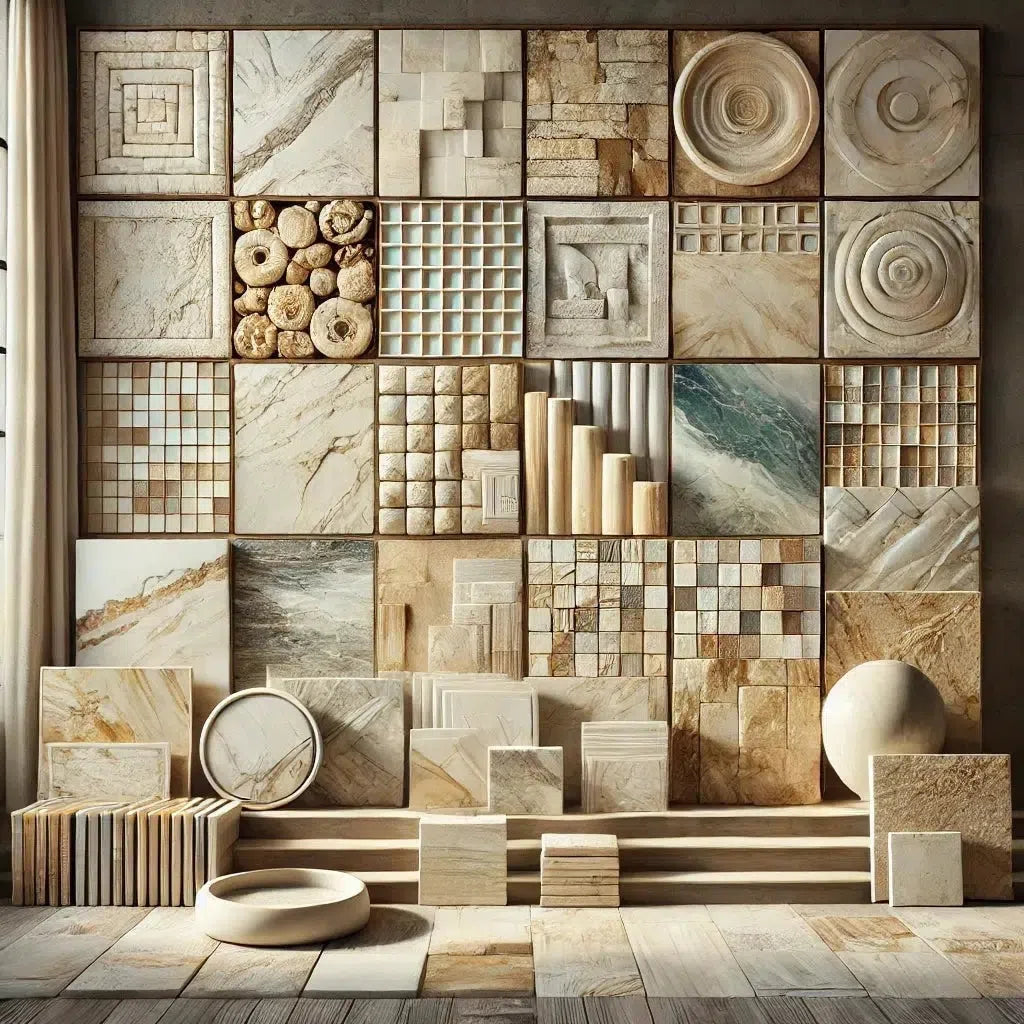 Best Selling Marble Collections
Best Selling Marble Collections
 Arabescato Corchia
Arabescato Corchia Bardiglio
Bardiglio Bianco Dolomite
Bianco Dolomite  Carrara White
Carrara White 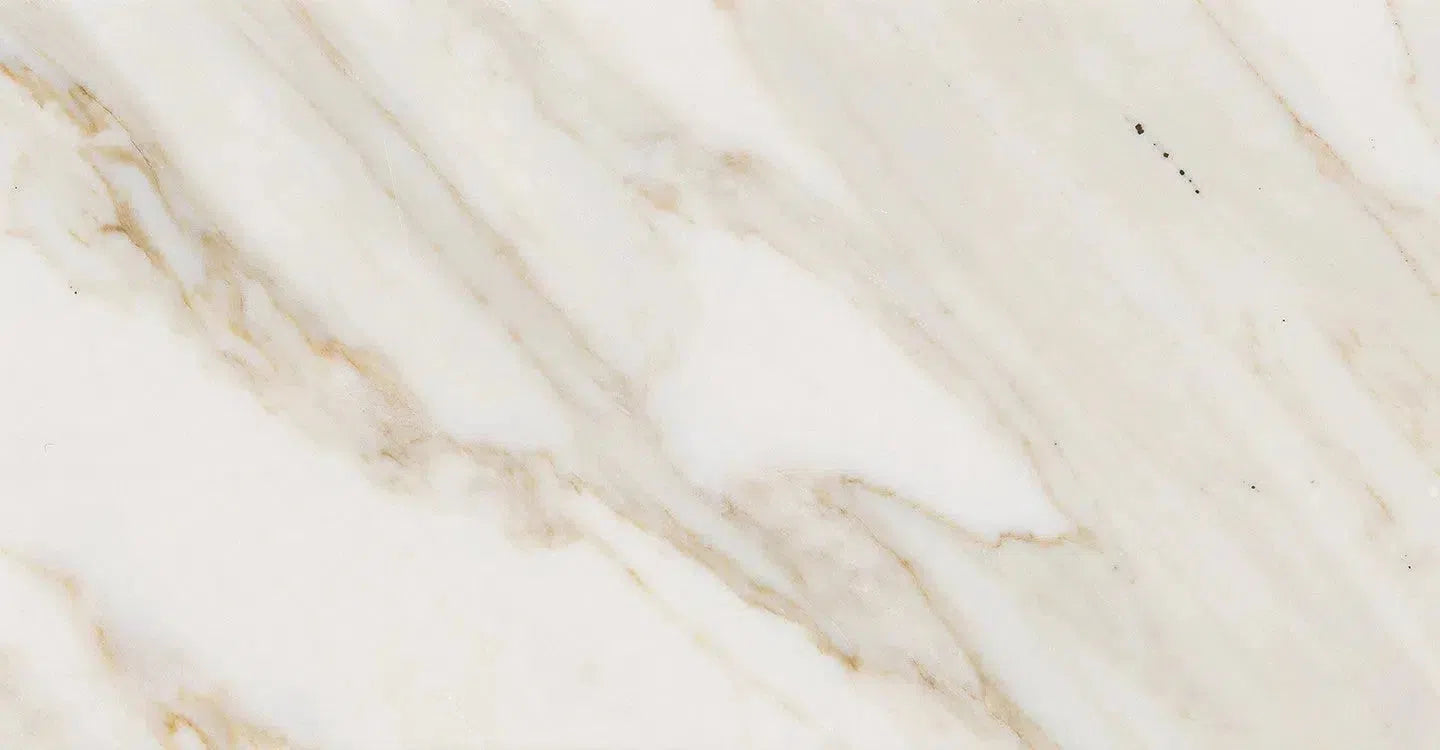 Calacatta Gold
Calacatta Gold Crema Marfil
Crema Marfil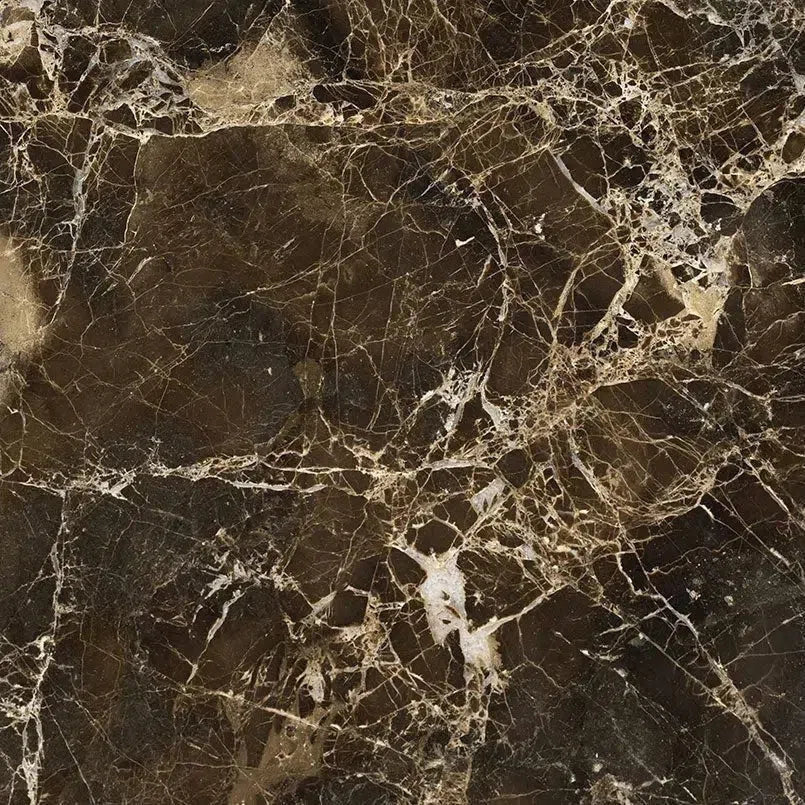 Emperador Dark
Emperador Dark Nero Marquina
Nero Marquina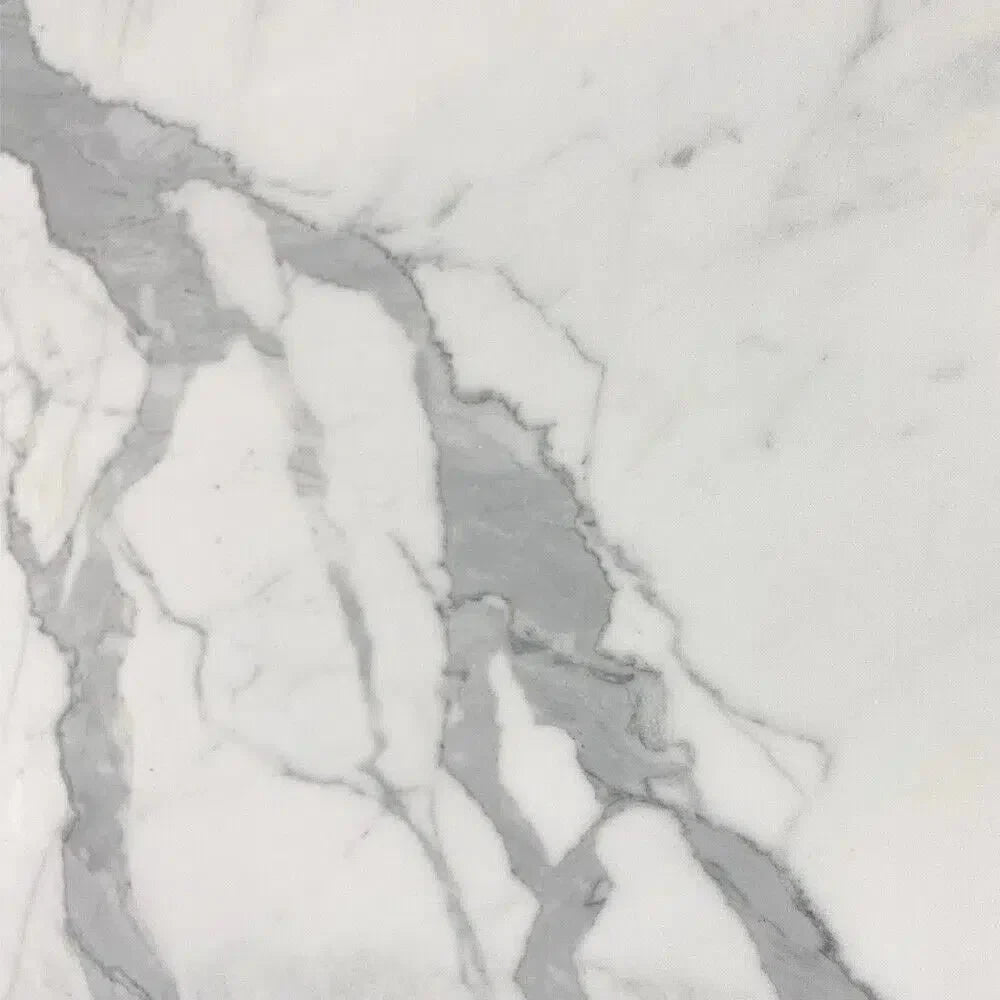 Statuary - Statuario White (Italian) Marble
Statuary - Statuario White (Italian) Marble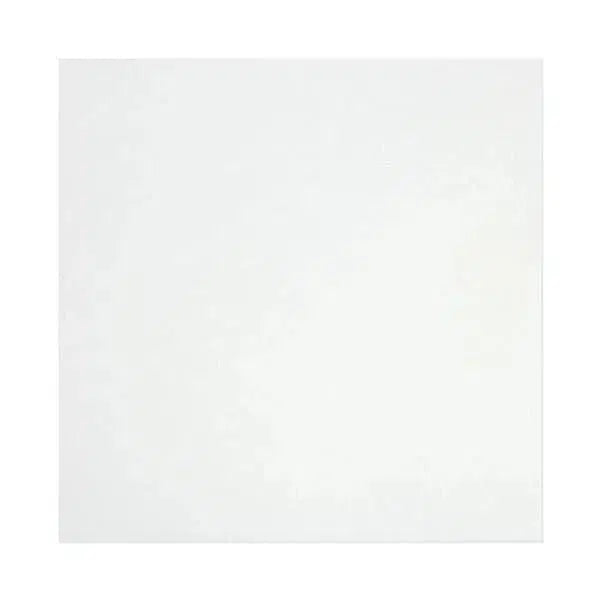 Thassos White
Thassos White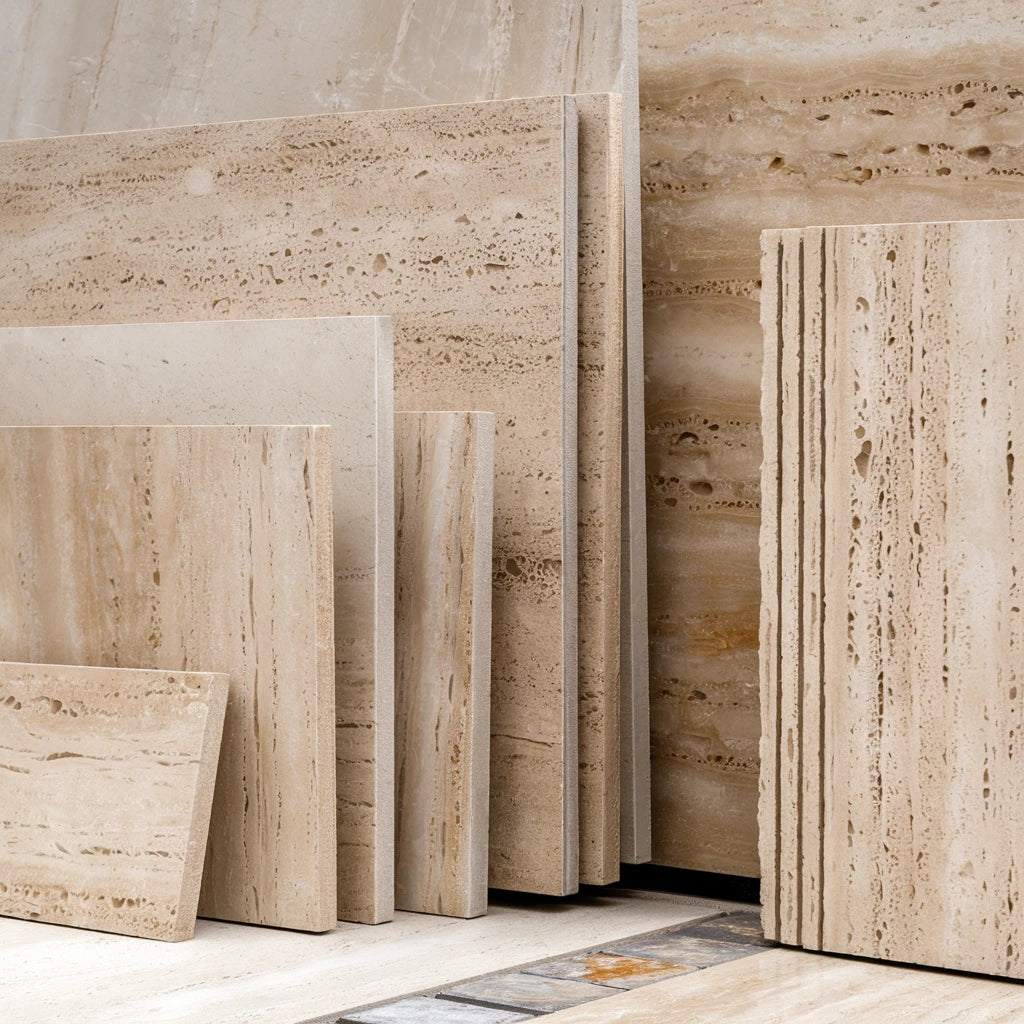 Best Selling Travertine Collections
Best Selling Travertine Collections
 Ivory Travertine
Ivory Travertine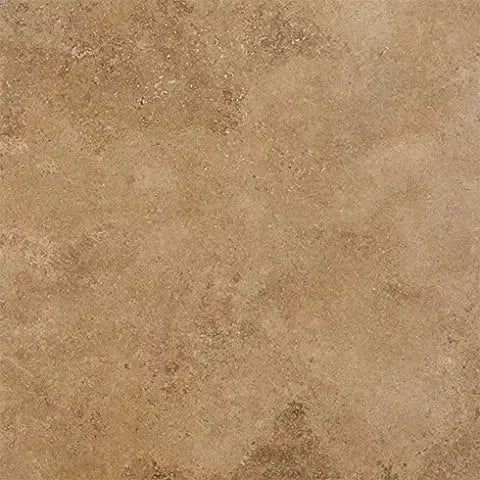 Noce Travertine
Noce Travertine Exotic Noce Travertine
Exotic Noce Travertine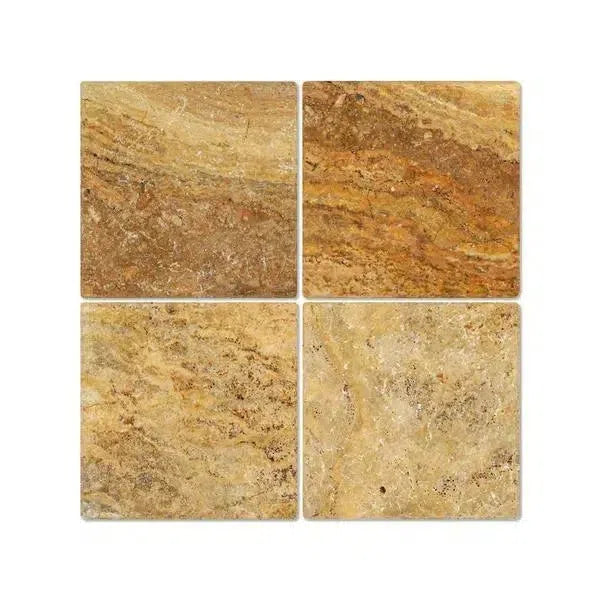 Scabos | Autumn Leaves Travertine
Scabos | Autumn Leaves Travertine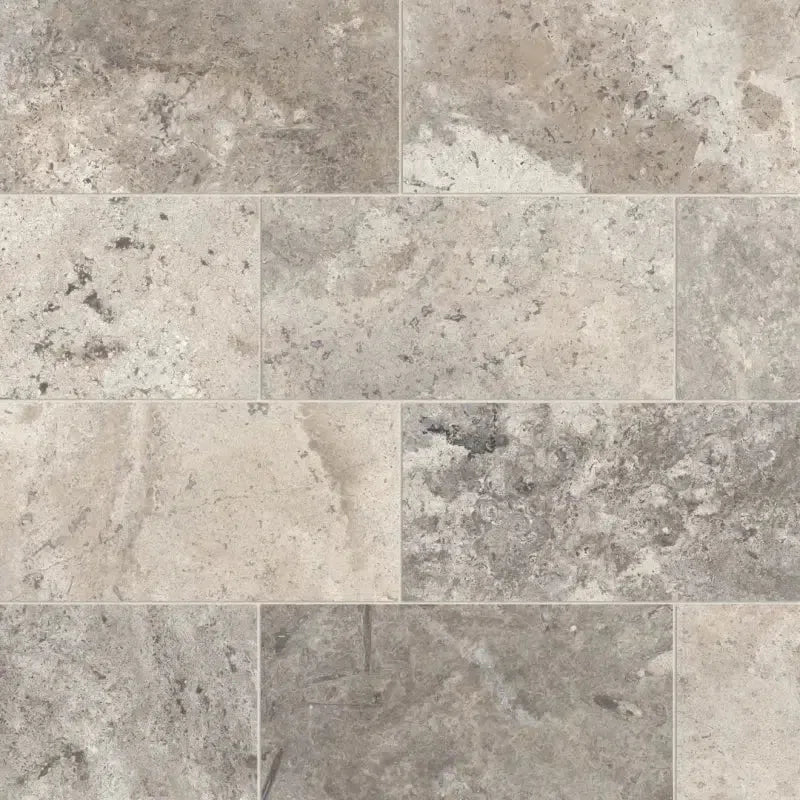 Silver Travertine
Silver Travertine Exotic Travertine
Exotic Travertine Checkerboard
Checkerboard
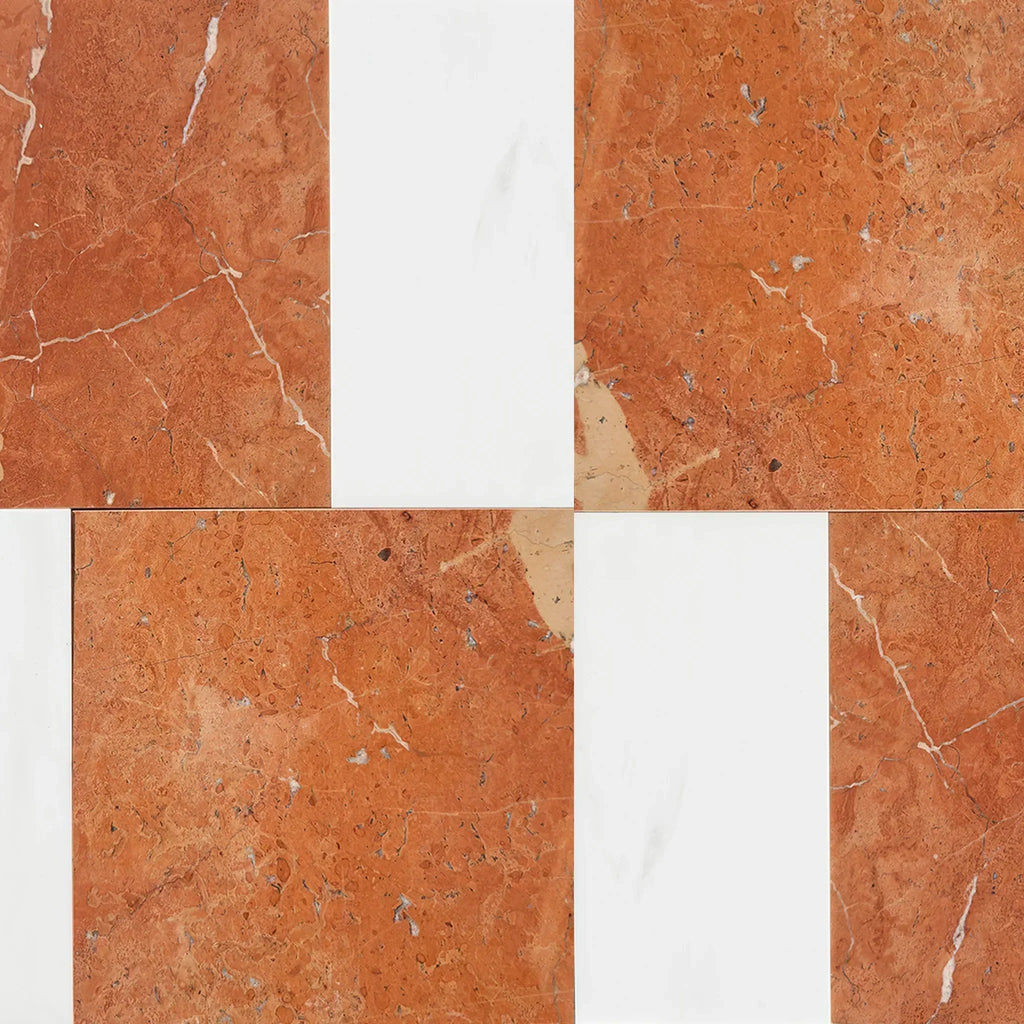 Patterned Tile
Patterned Tile
 Shop By Material
Shop By Material
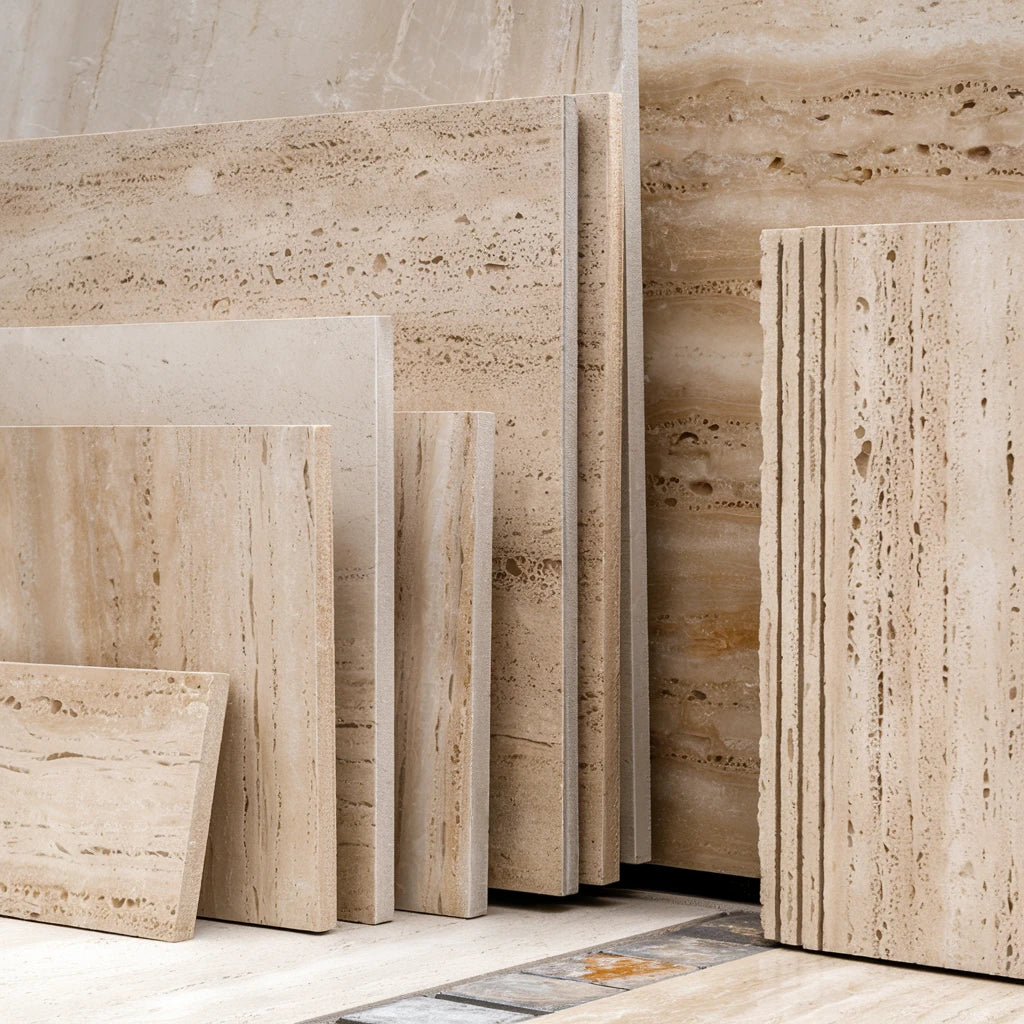 Travertine
Travertine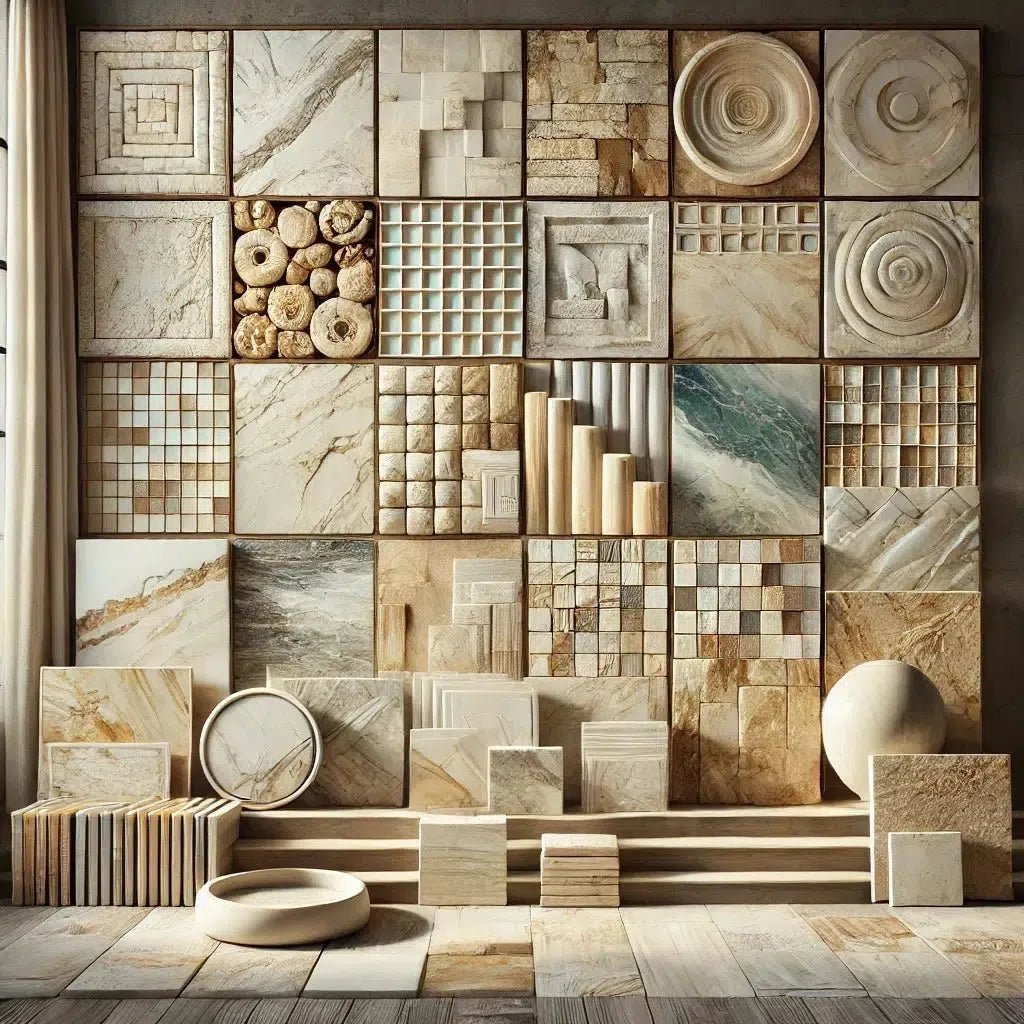 Marble
Marble Limestone
Limestone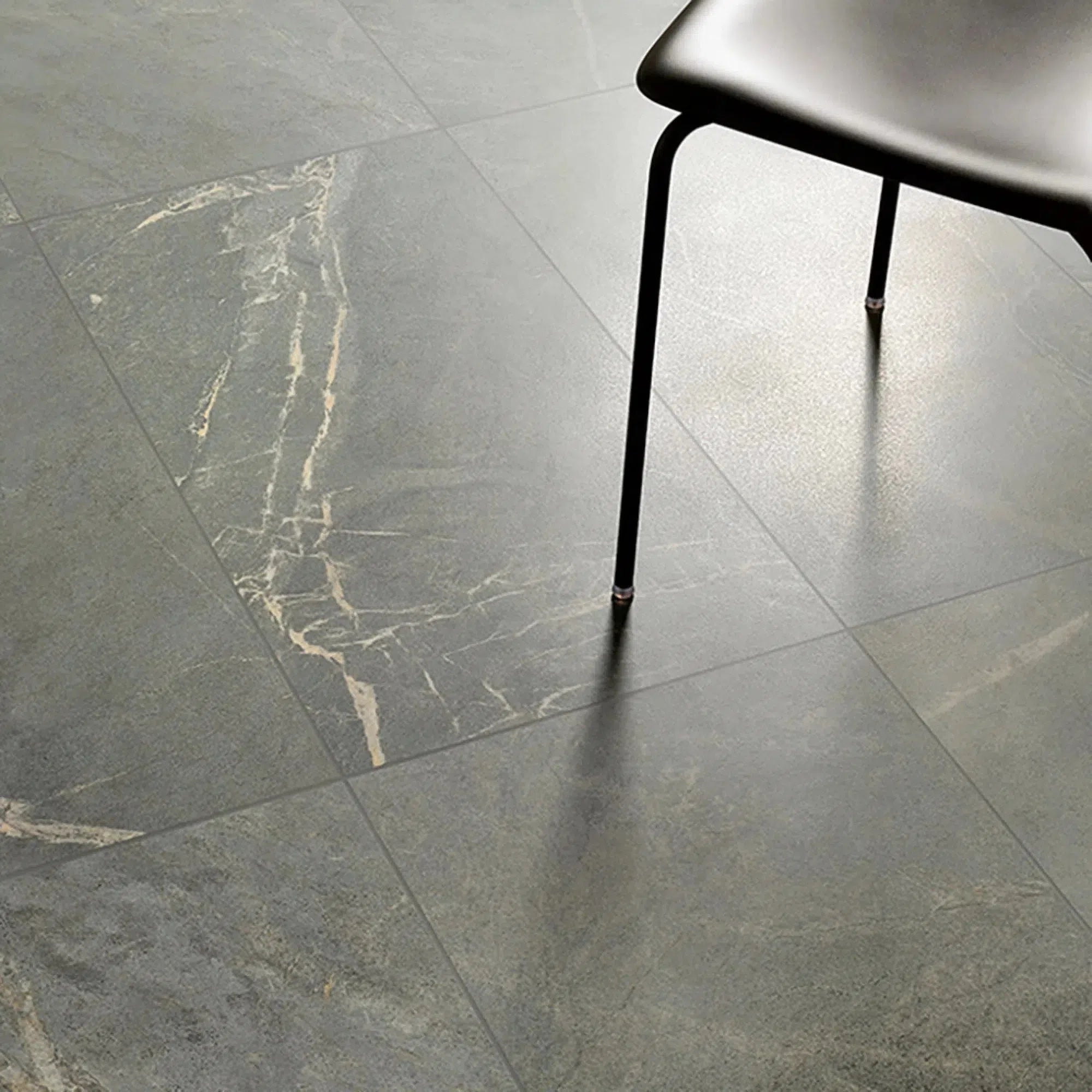 Soap Stone
Soap Stone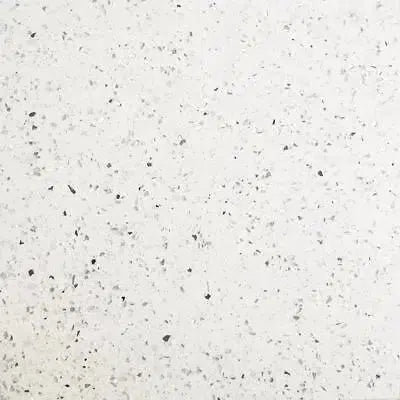 Quartz
Quartz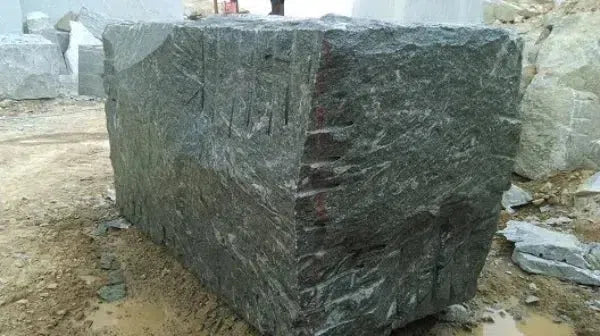 Granite
Granite Shop By Name
Shop By Name
 Absolute Black Granite
Absolute Black Granite Atlantic Gray Marble
Atlantic Gray Marble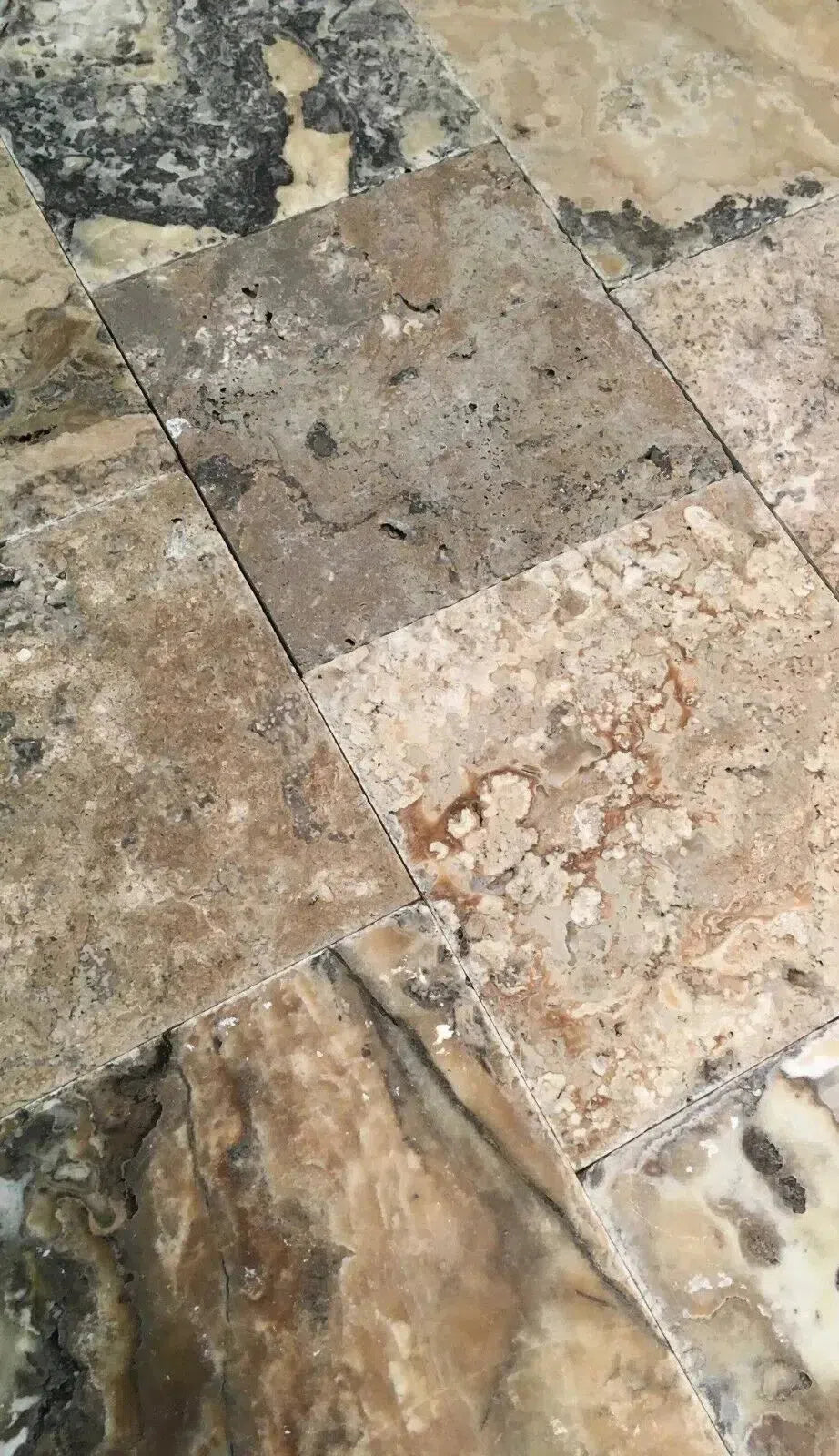 Antico Onyx Travertine
Antico Onyx Travertine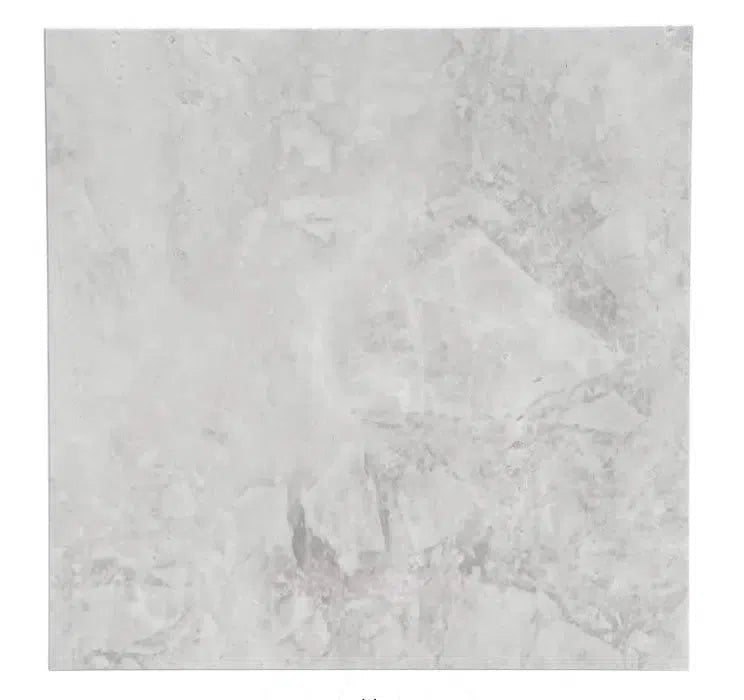 Bianco Congelato Dolomite
Bianco Congelato Dolomite Bianco Venatino (Bianco Mare) Marble
Bianco Venatino (Bianco Mare) Marble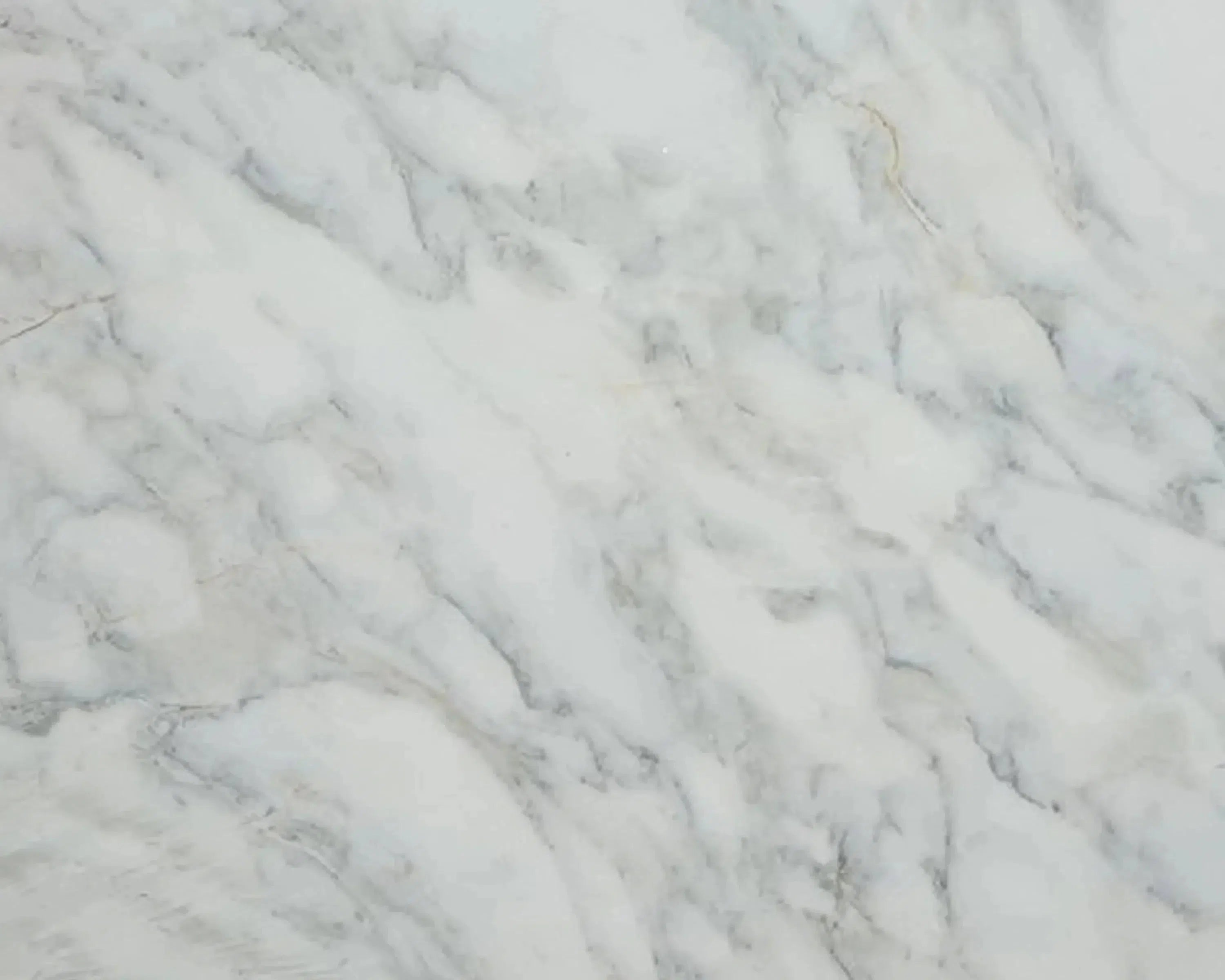 Calacatta Oliva Marble
Calacatta Oliva Marble Cappuccino Marble
Cappuccino Marble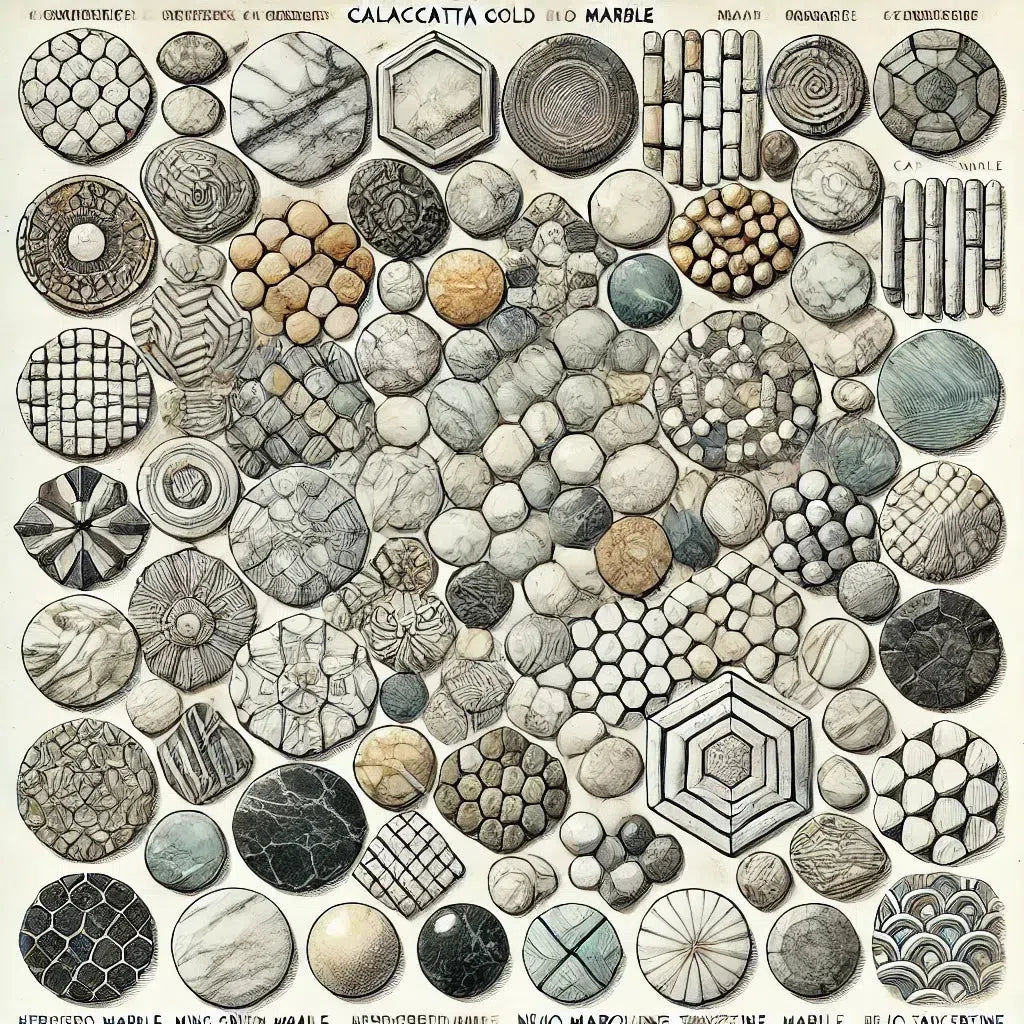 Custom-Made Mosaic
Custom-Made Mosaic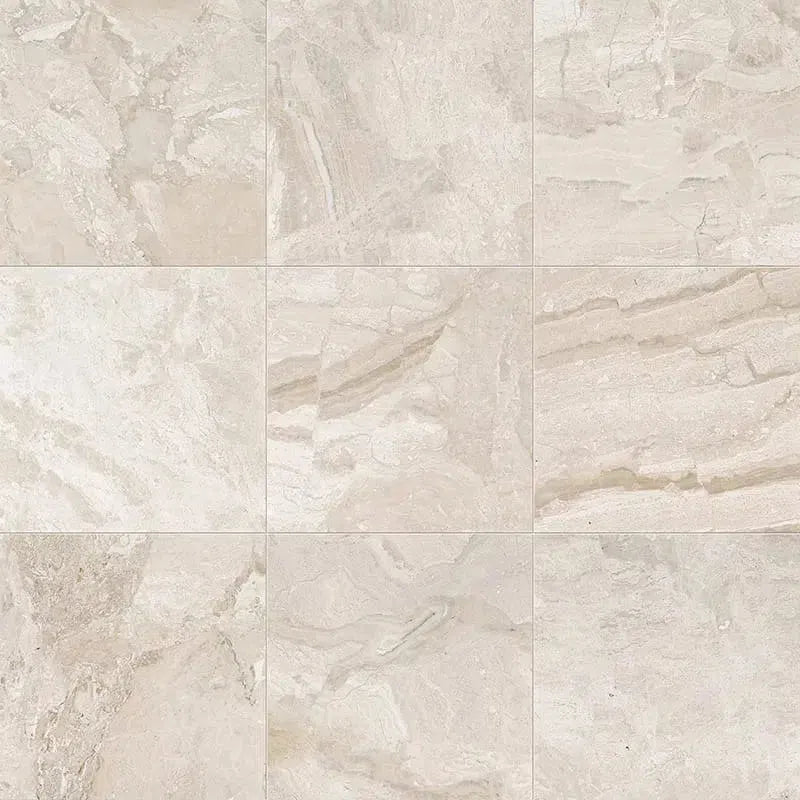 Diano Royal (Queen Beige) Marble
Diano Royal (Queen Beige) Marble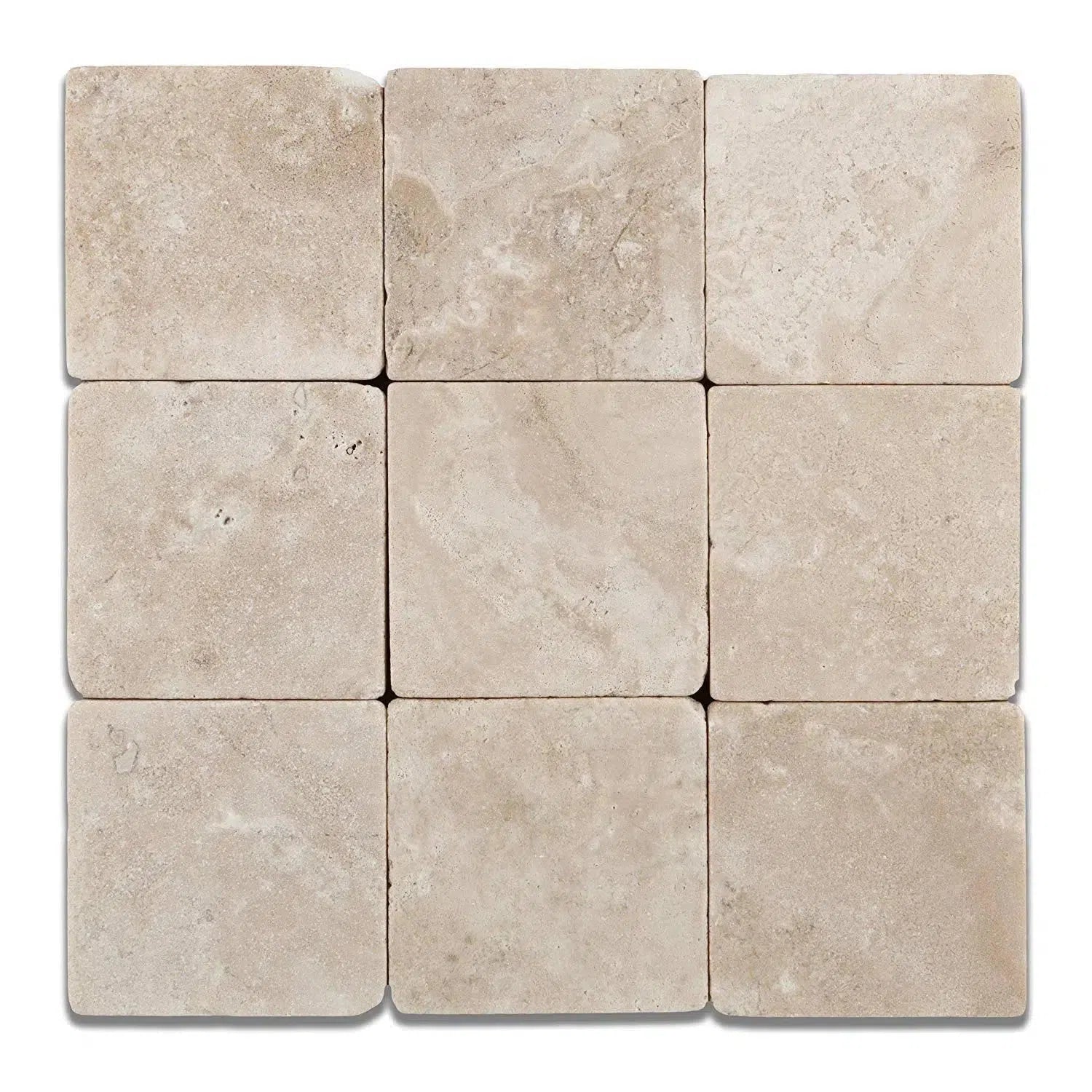 Durango Cream Traverine
Durango Cream Traverine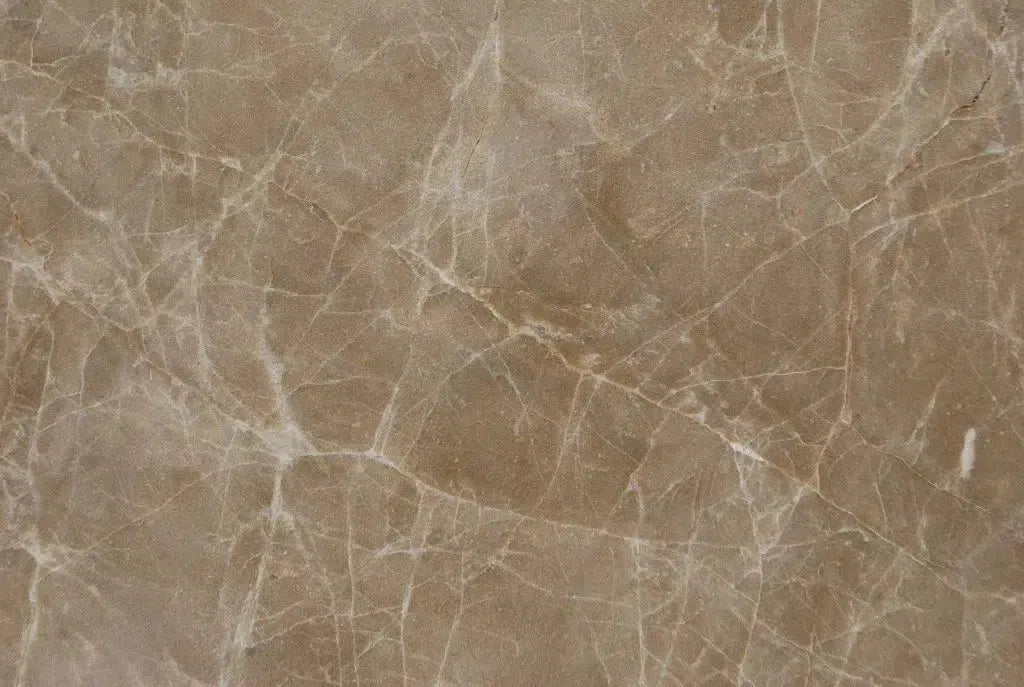 Emperador Light Marble
Emperador Light Marble Empress Green Marble
Empress Green Marble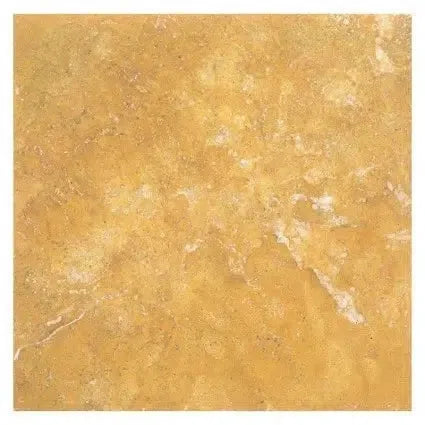 Gold/Yellow Travertine
Gold/Yellow Travertine Green Onyx Marble
Green Onyx Marble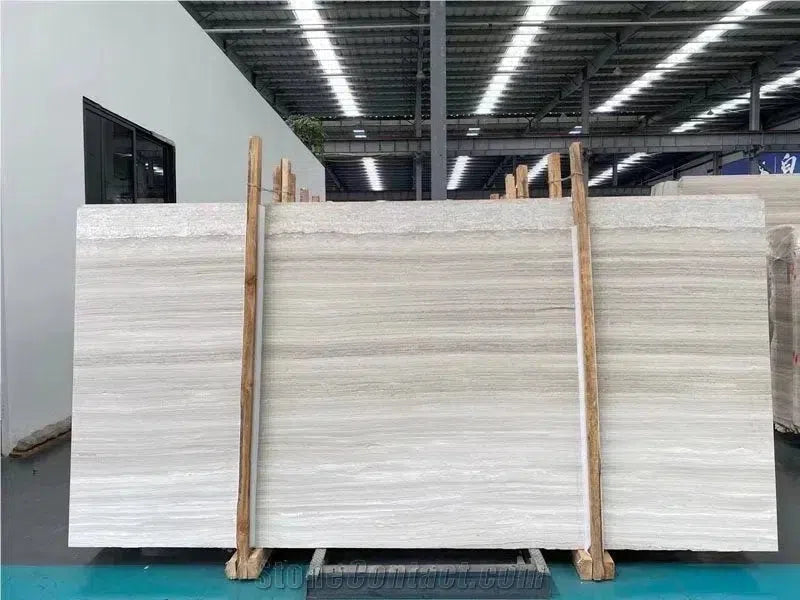 Haisa Light (White Wood) Limestone
Haisa Light (White Wood) Limestone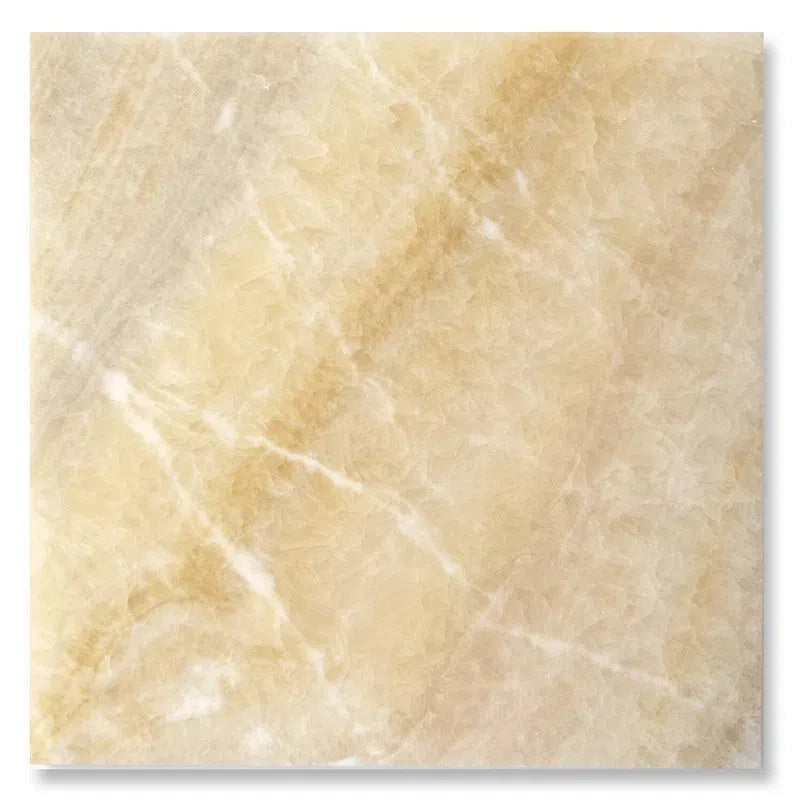 Honey Onyx Marble
Honey Onyx Marble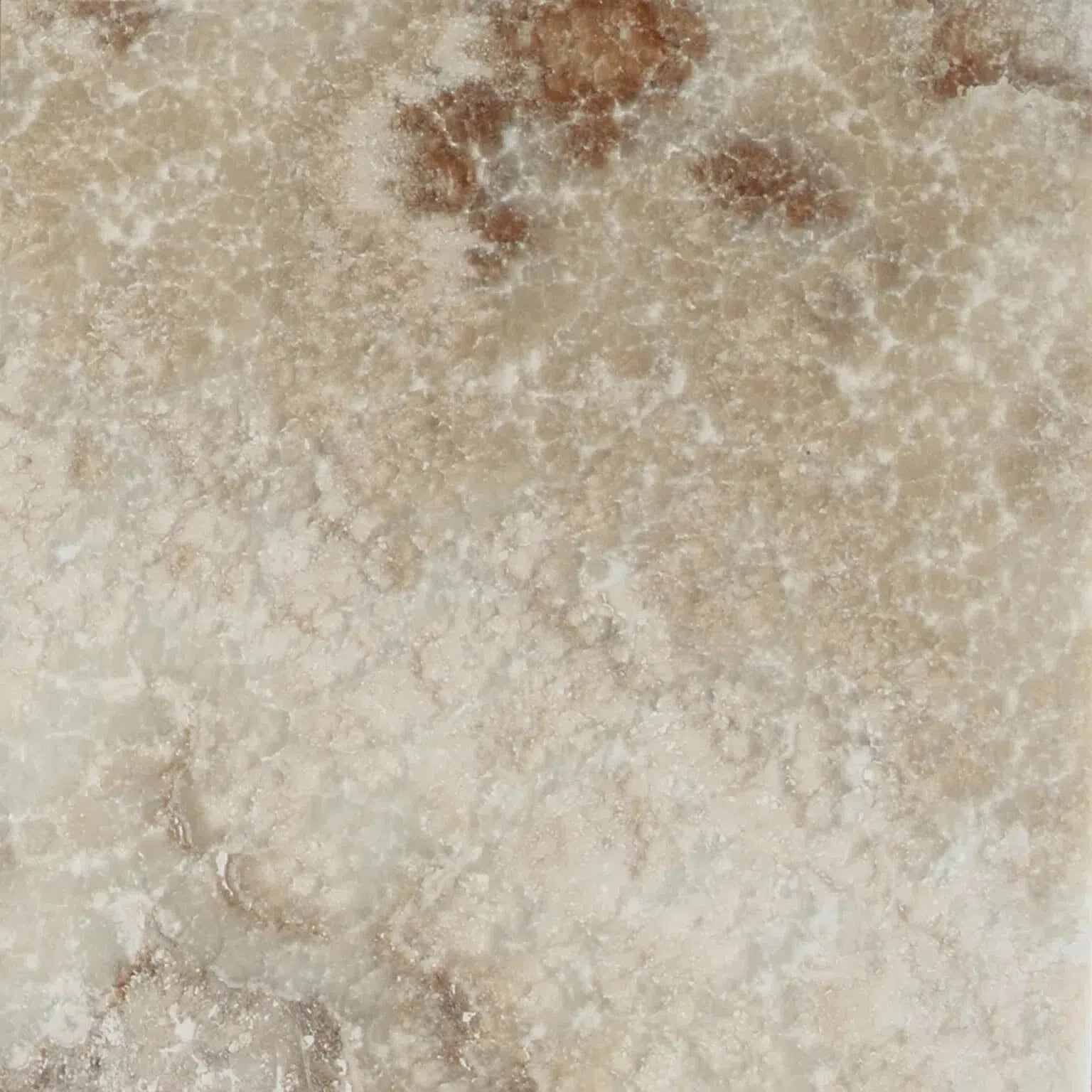 La Travonya Travertine
La Travonya Travertine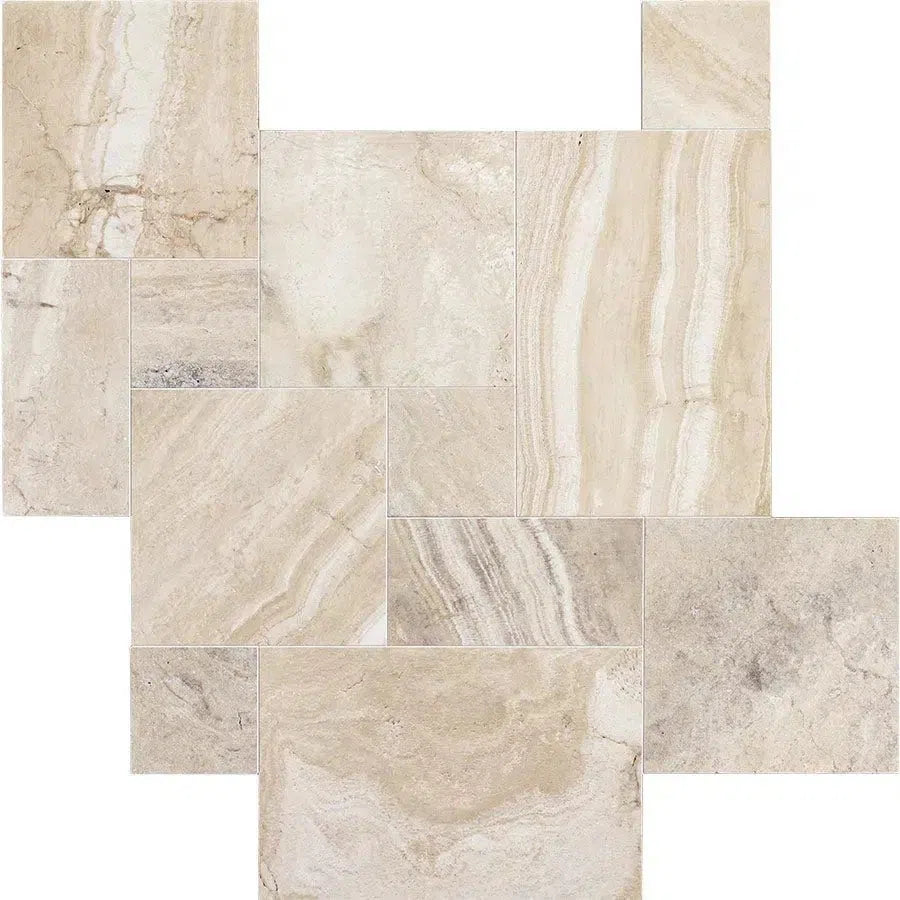 Malibu Travertine
Malibu Travertine Ming Green Marble
Ming Green Marble Mink (Equator) Marble
Mink (Equator) Marble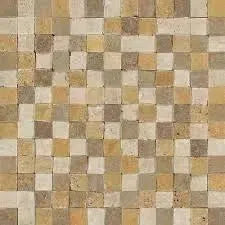 Mixed (Ivory-Noce-Gold) Travertine
Mixed (Ivory-Noce-Gold) Travertine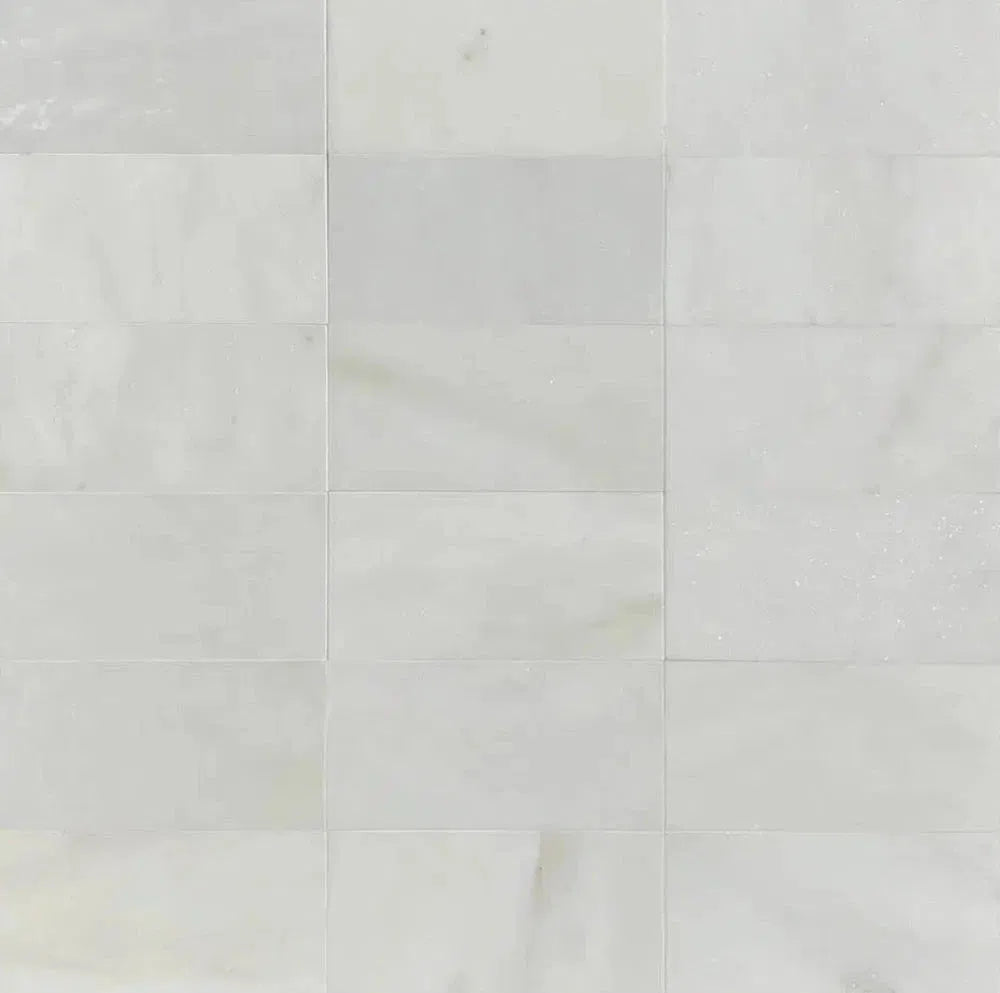 Oriental White Marble
Oriental White Marble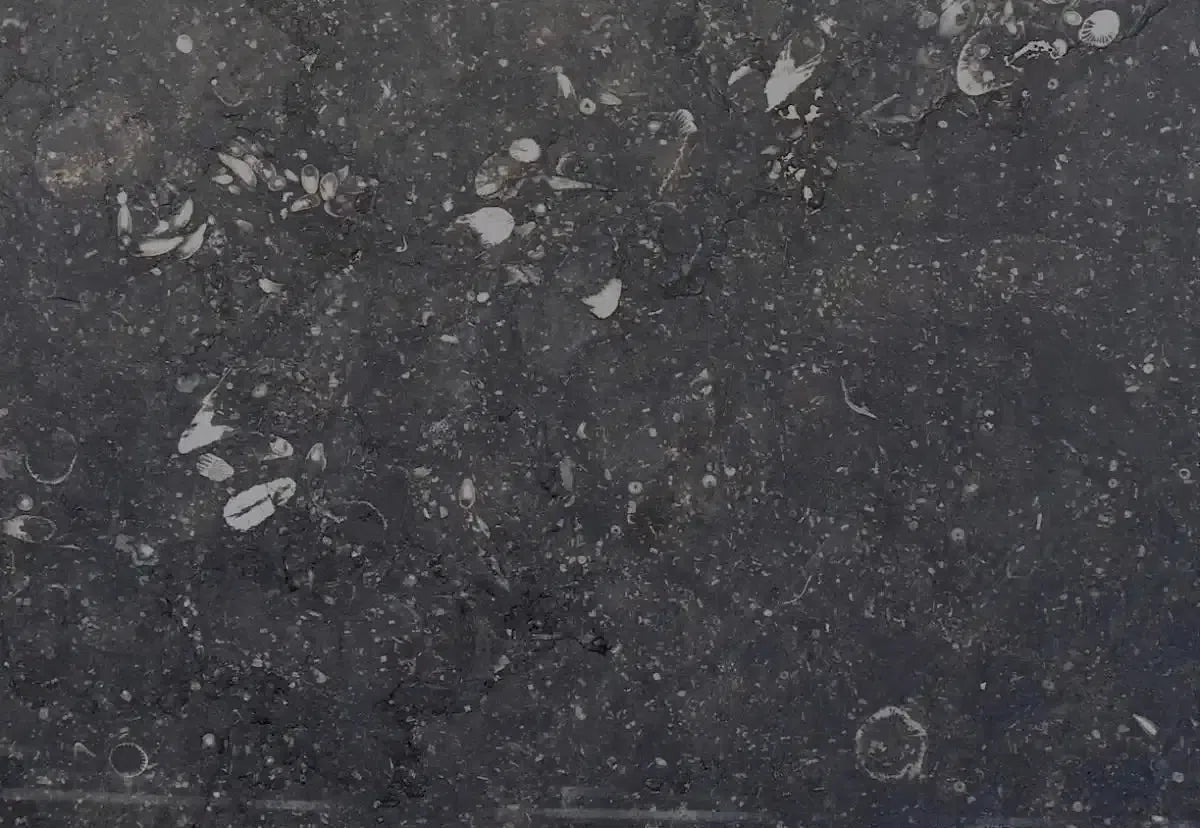 Pierre Bleue (Pierre Blue) Marble
Pierre Bleue (Pierre Blue) Marble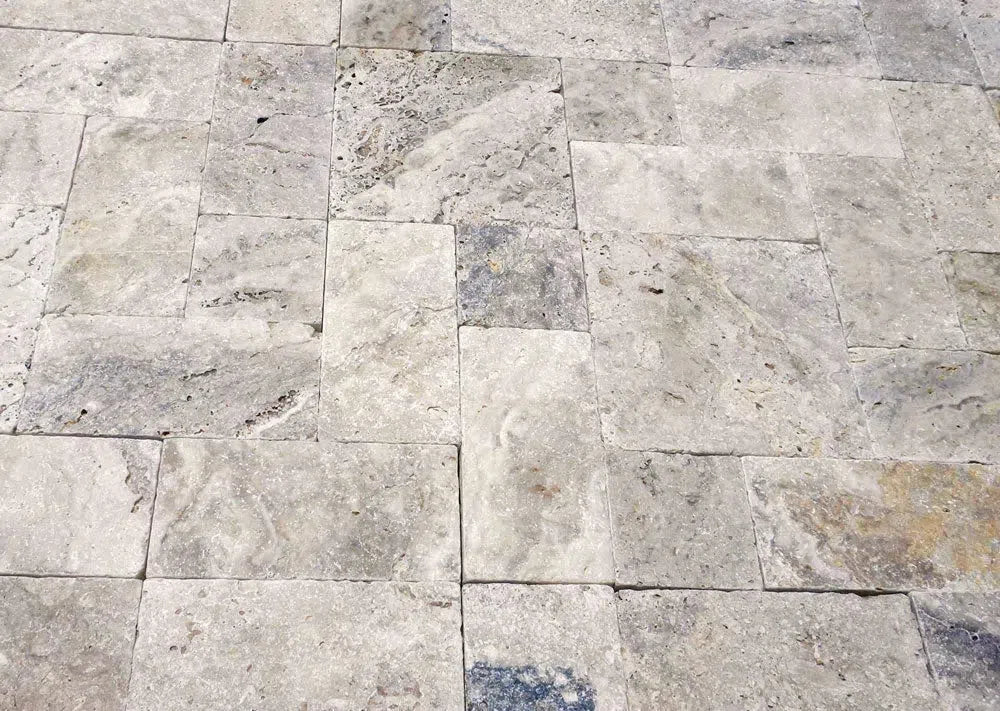 Philadelphia Travertine
Philadelphia Travertine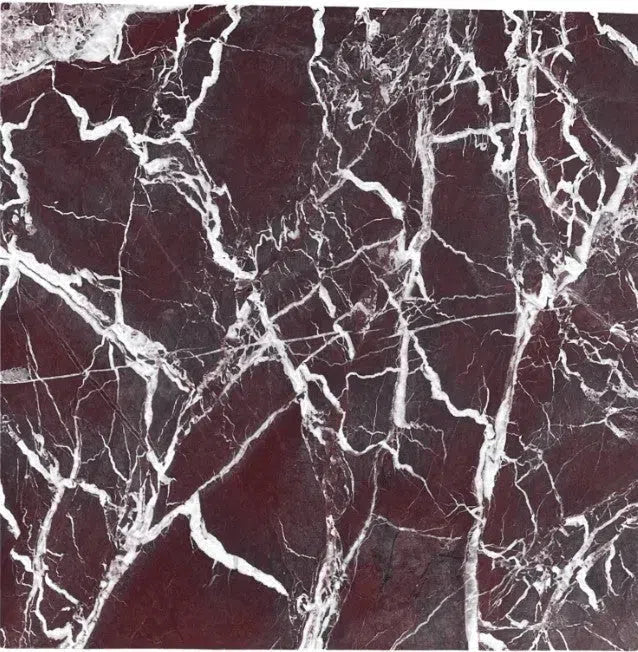 Rosso Levanto Marble
Rosso Levanto Marble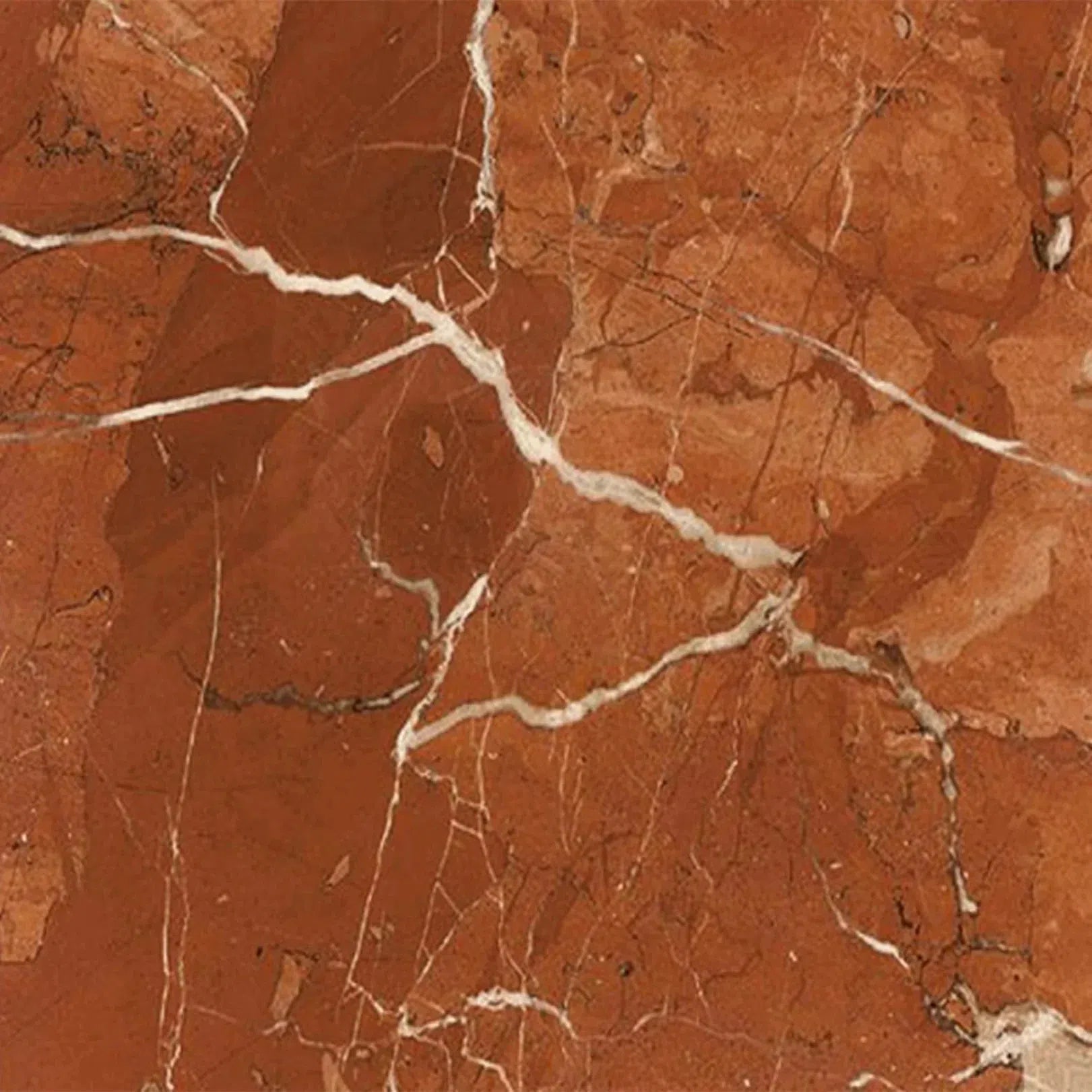 Rojo Alicante Marble
Rojo Alicante Marble Sky Blue | Azul Cielo Marble
Sky Blue | Azul Cielo Marble Snow White (Afyon White) Marble
Snow White (Afyon White) Marble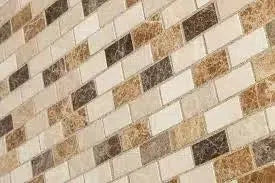 Spanish Mix Marble
Spanish Mix Marble Storm Gray Marble
Storm Gray Marble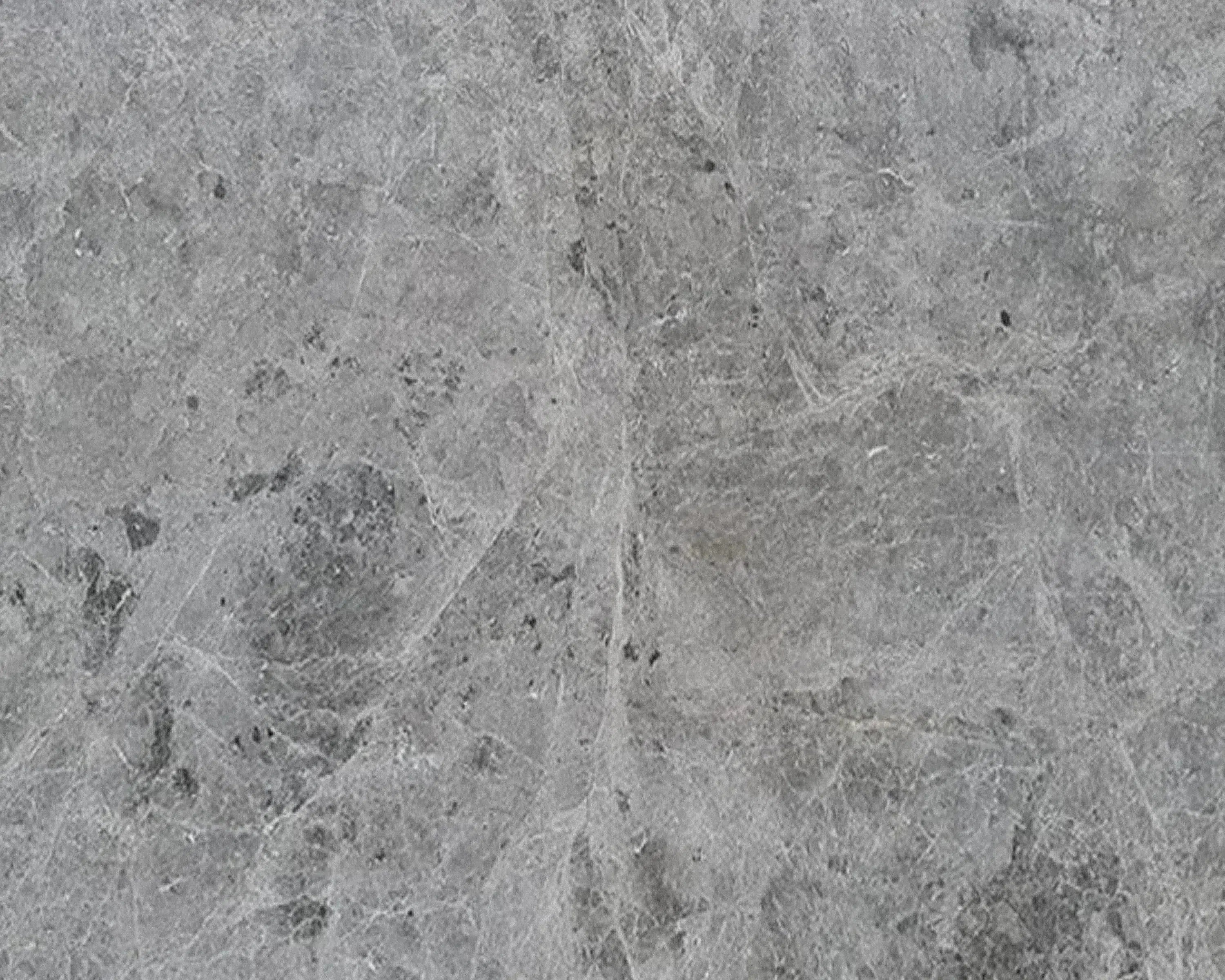 Tundra Gray (Atlantic Gray) Marble
Tundra Gray (Atlantic Gray) Marble Valencia Travertine
Valencia Travertine Valerenga Travertine
Valerenga Travertine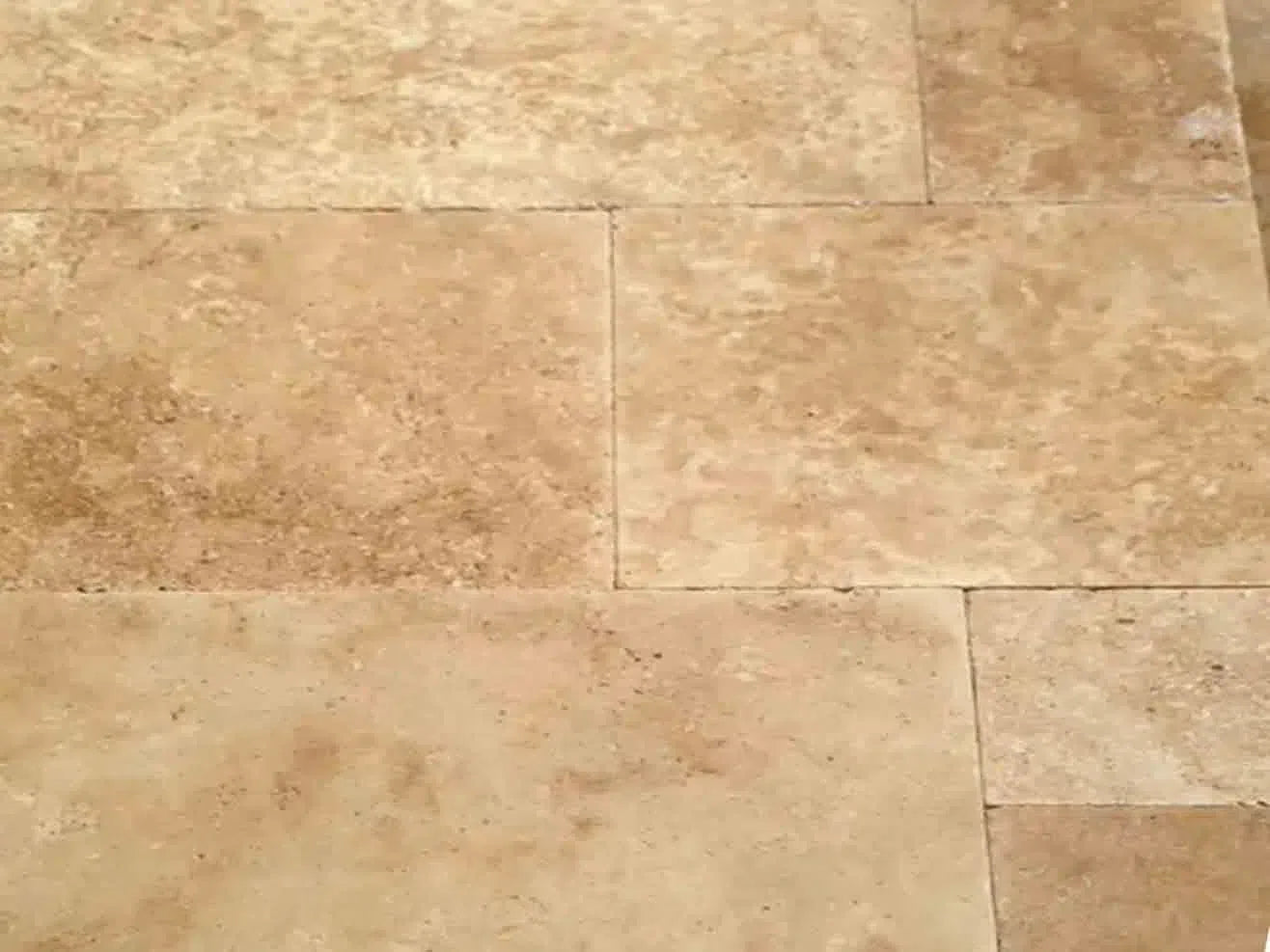 Walnut Travertine
Walnut Travertine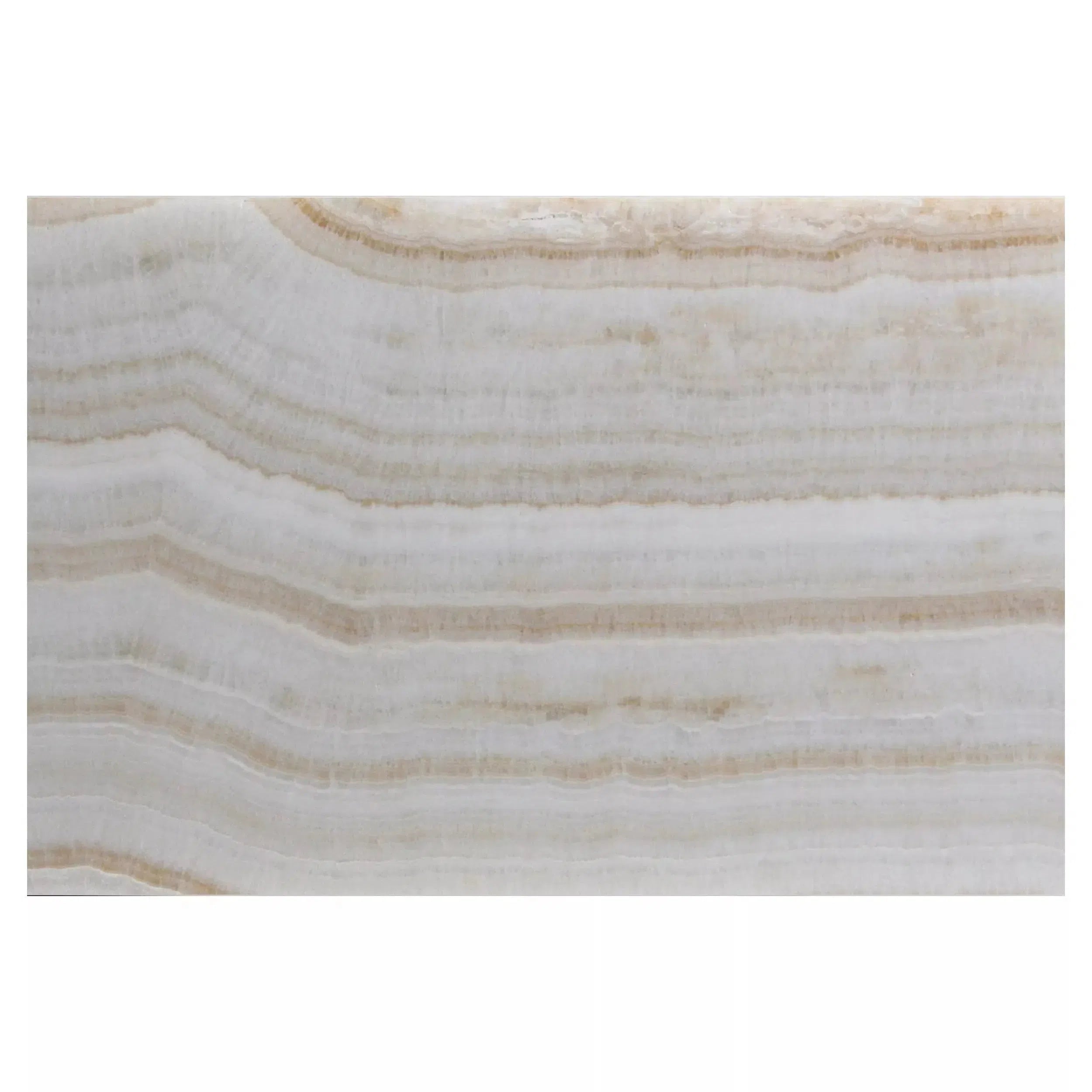 White Onyx Marble
White Onyx Marble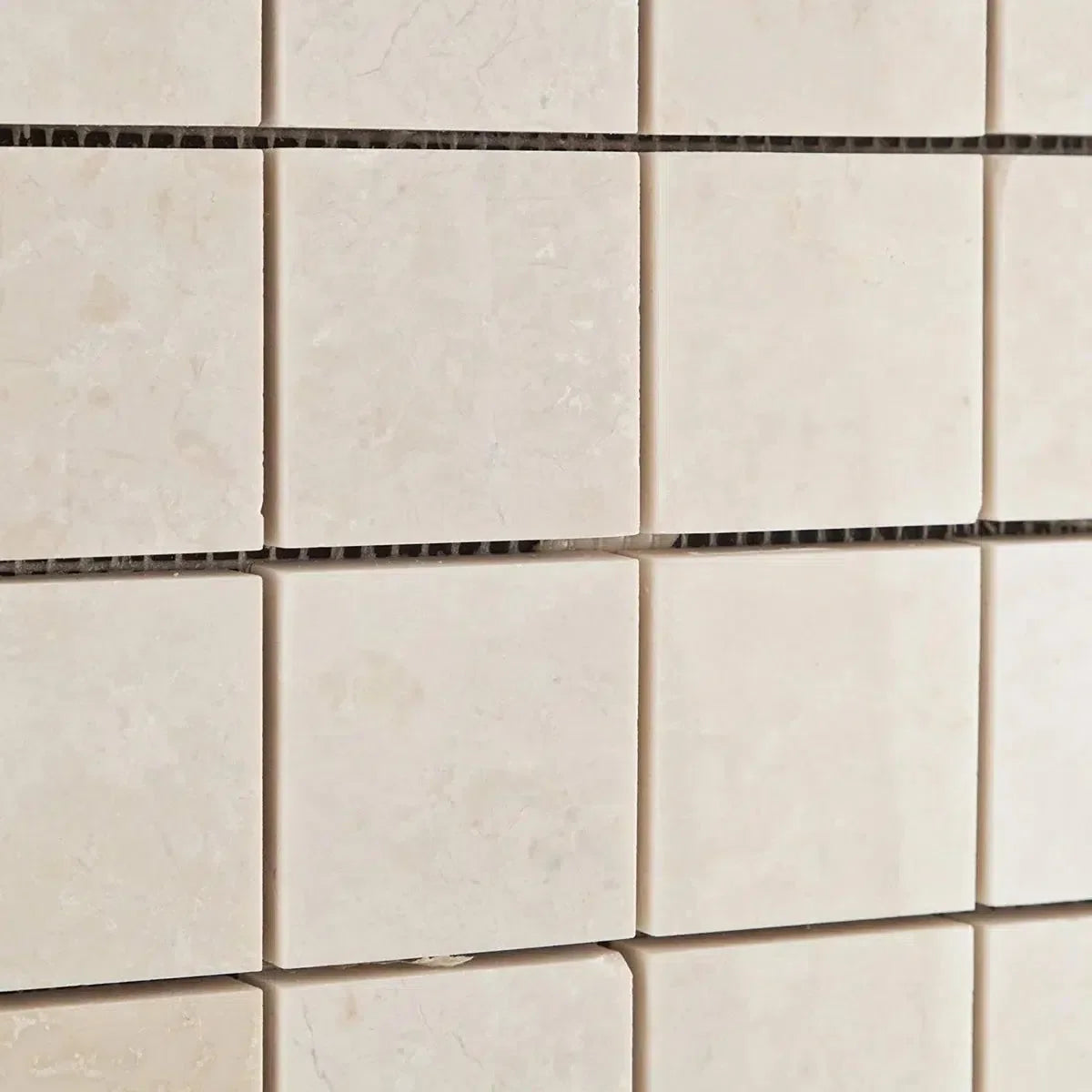 White Pearl/Botticino Beiege Marble
White Pearl/Botticino Beiege Marble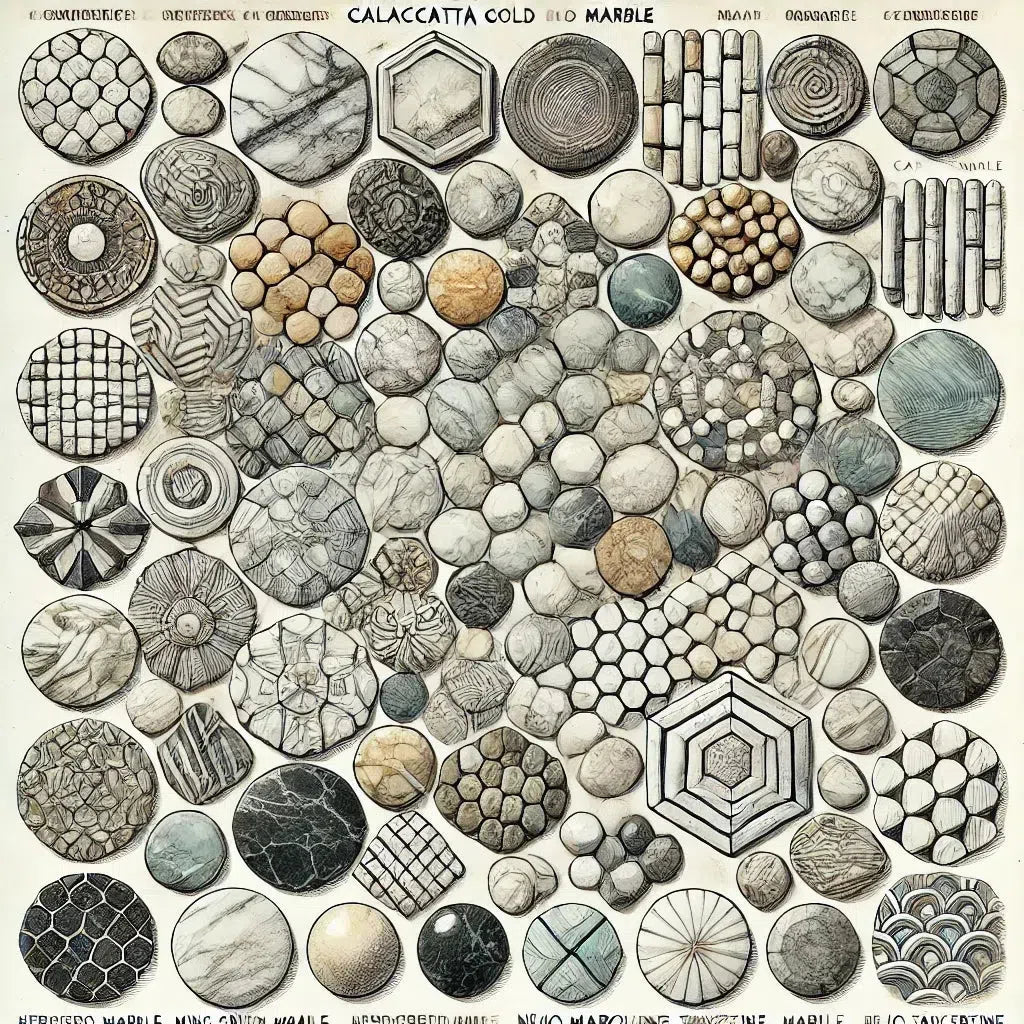 Shop By Type
Shop By Type
 Marble Tiles
Marble Tiles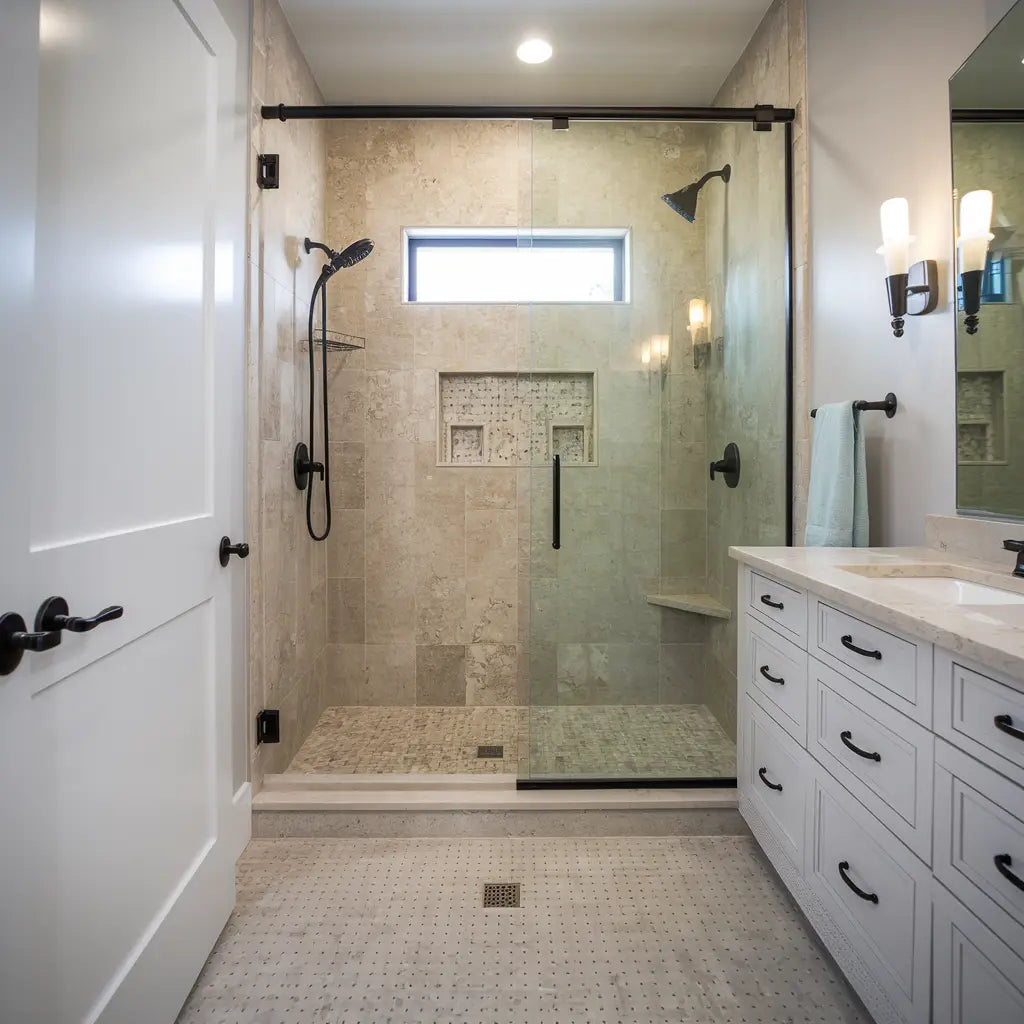 Marble Mosaic
Marble Mosaic Travertine Tiles
Travertine Tiles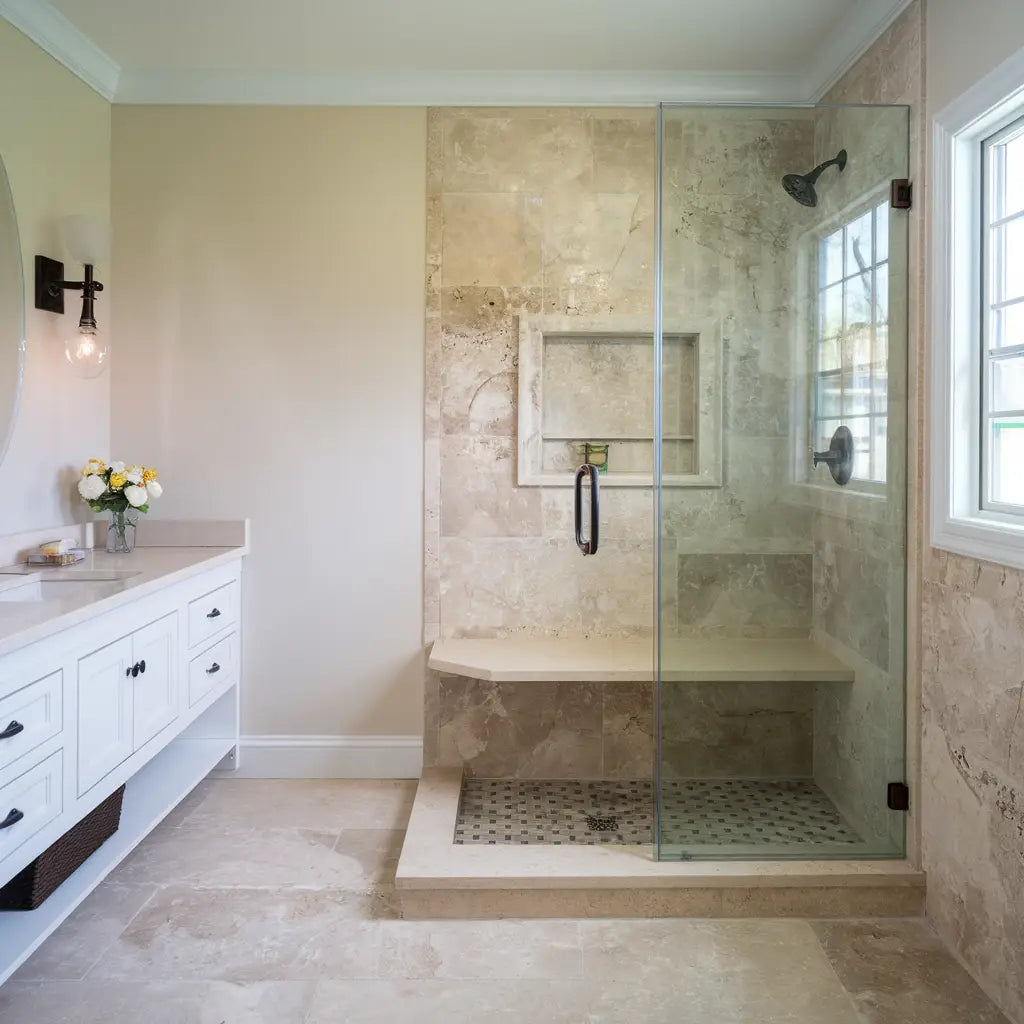 Travertine Mosaic
Travertine Mosaic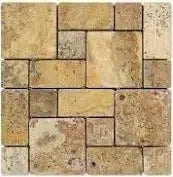 4 pcs Versailles Pattern / French Pattern Set
4 pcs Versailles Pattern / French Pattern Set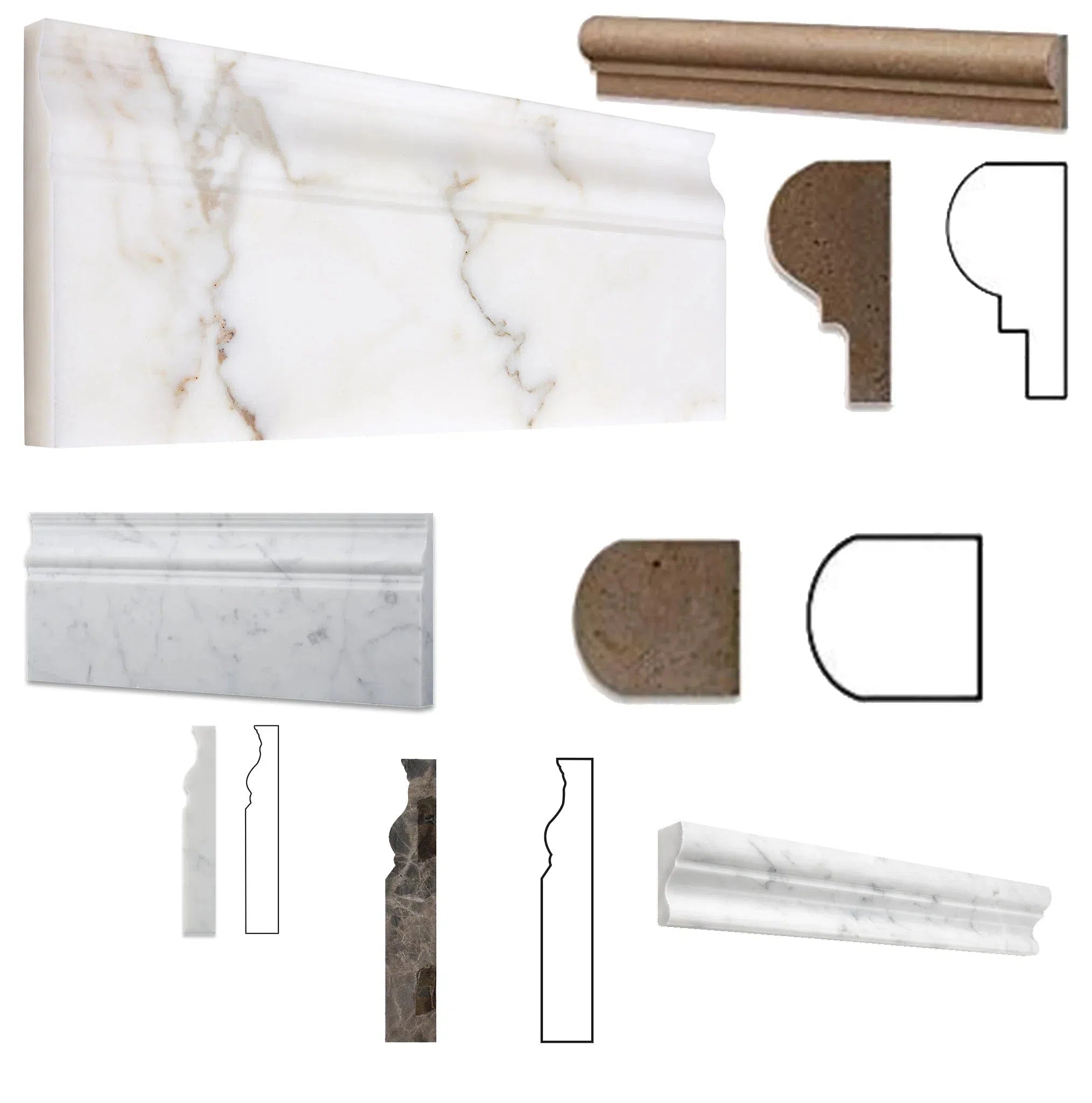 Molding/Trim
Molding/Trim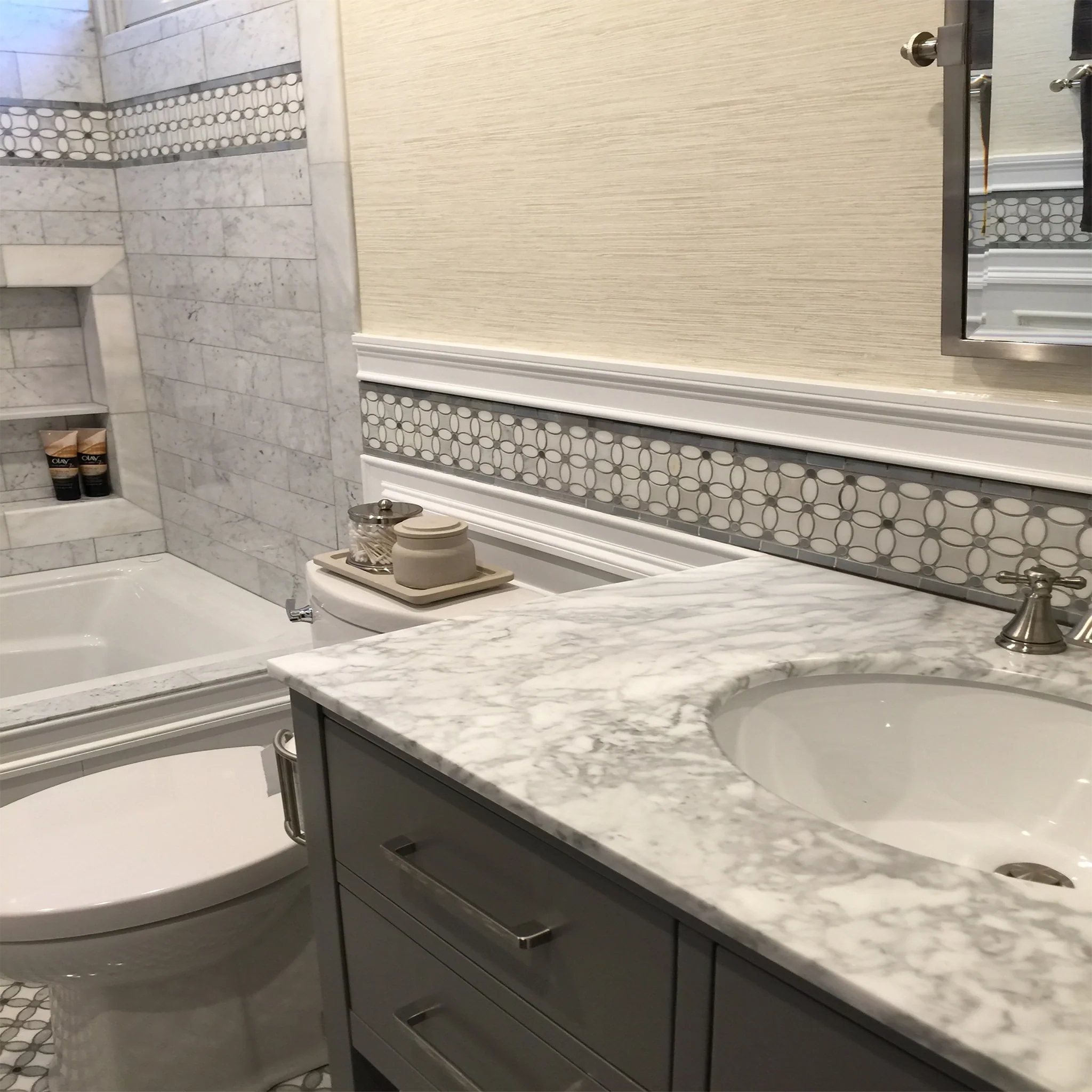 Border/Listello
Border/Listello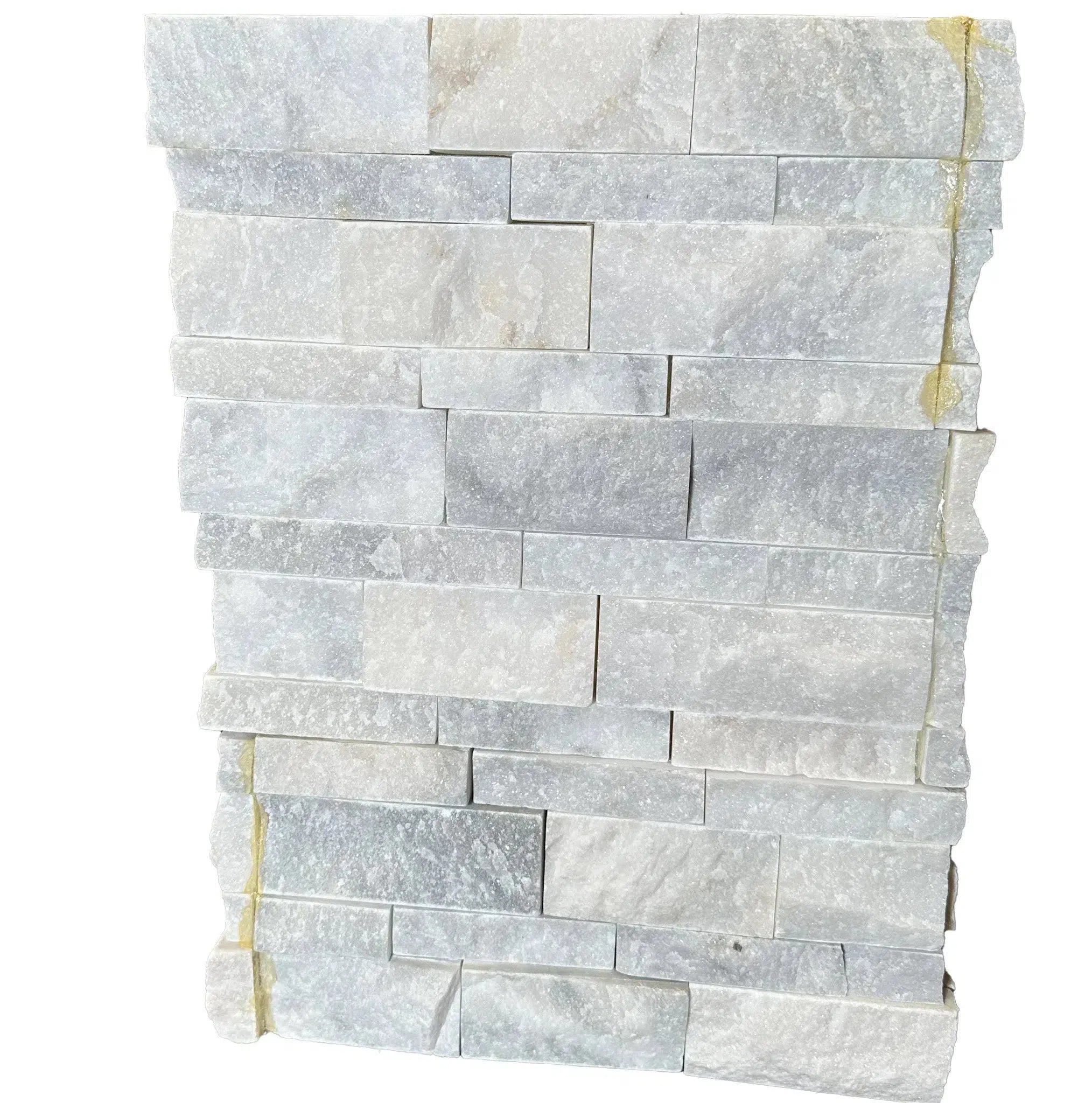 Ledger-Panel
Ledger-Panel Checkerboard
Checkerboard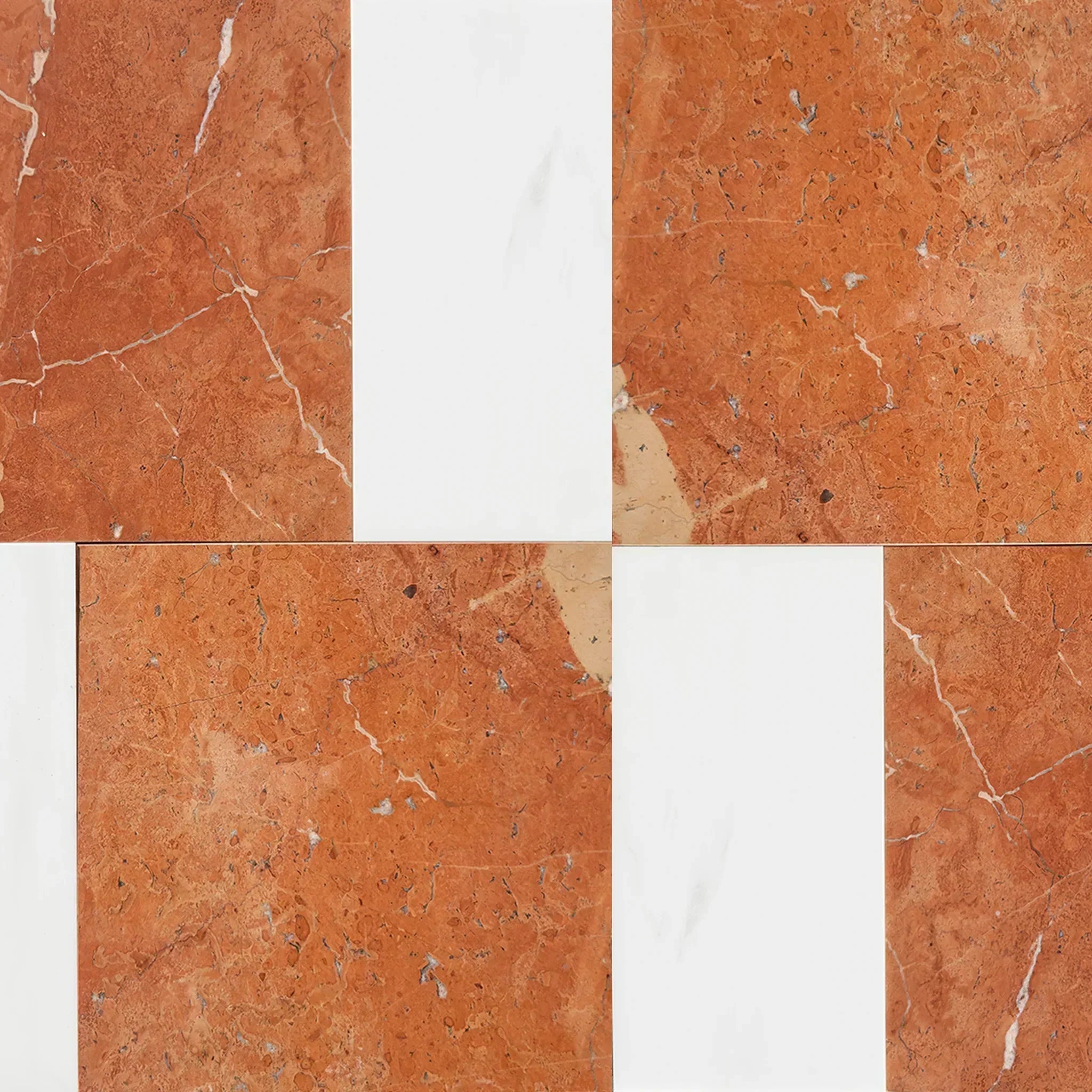 Patterned Tile Collection
Patterned Tile Collection 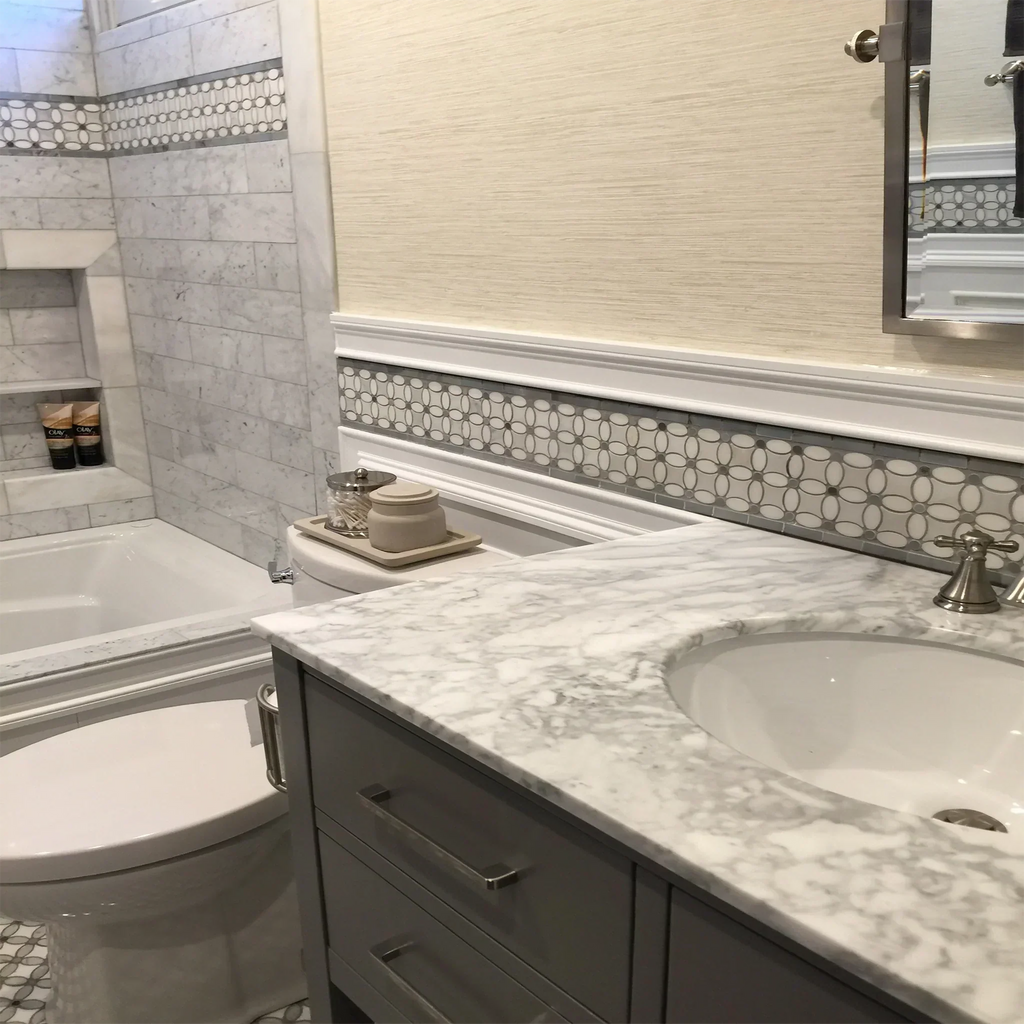 Shop By Finish
Shop By Finish
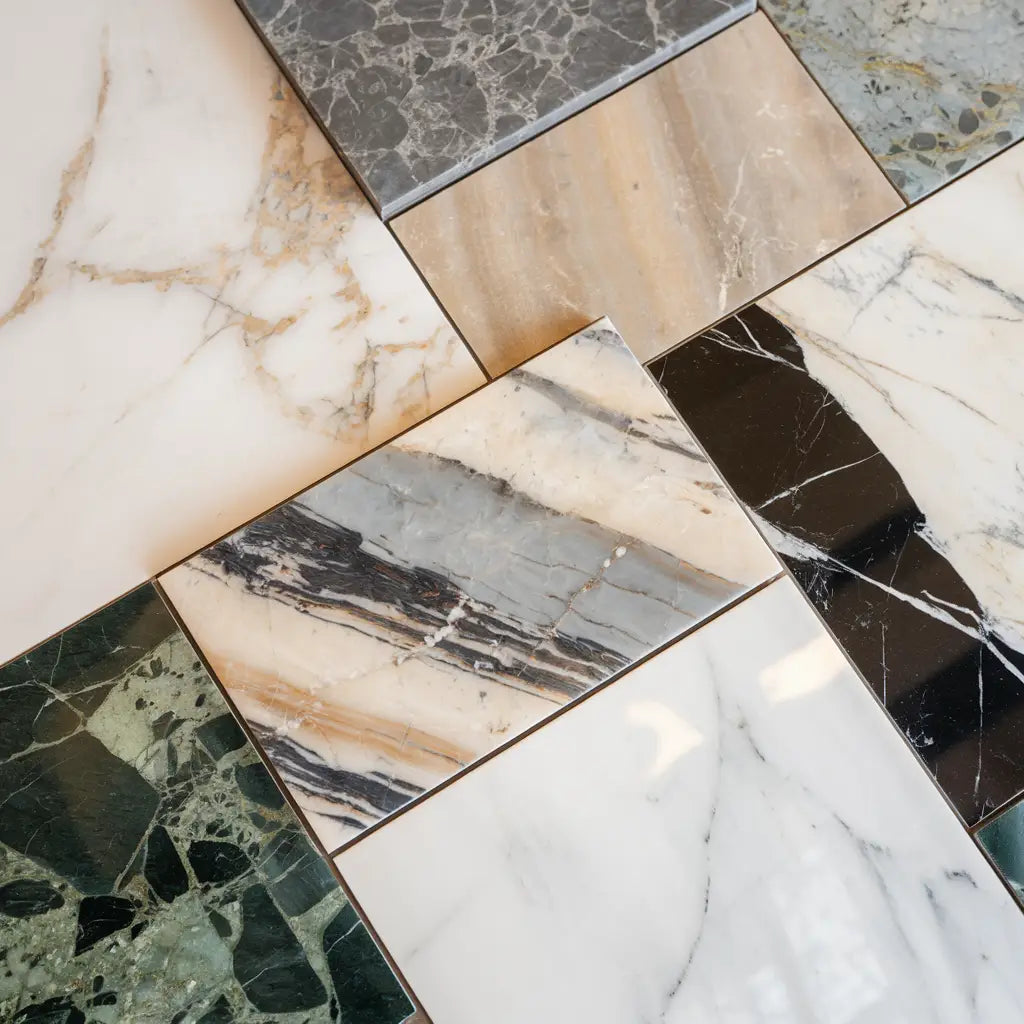 Polished
Polished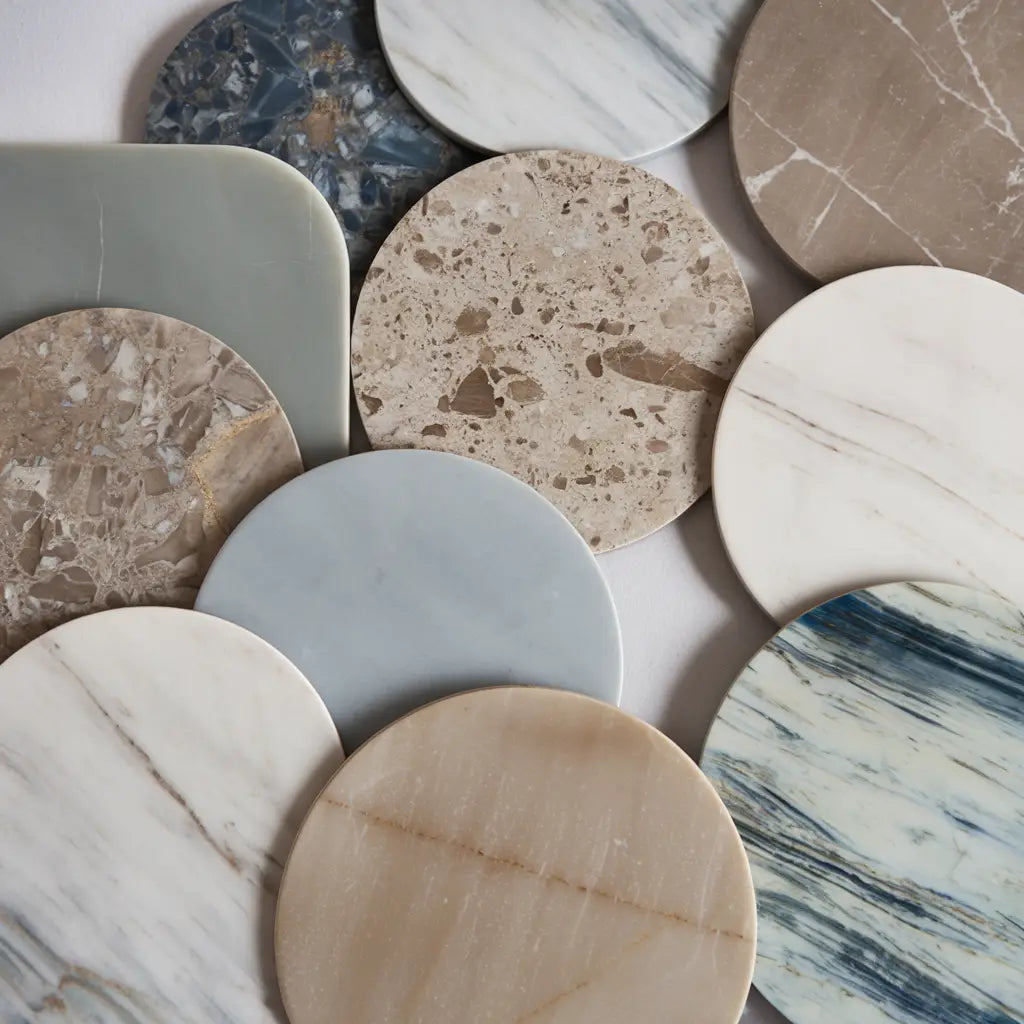 Honed
Honed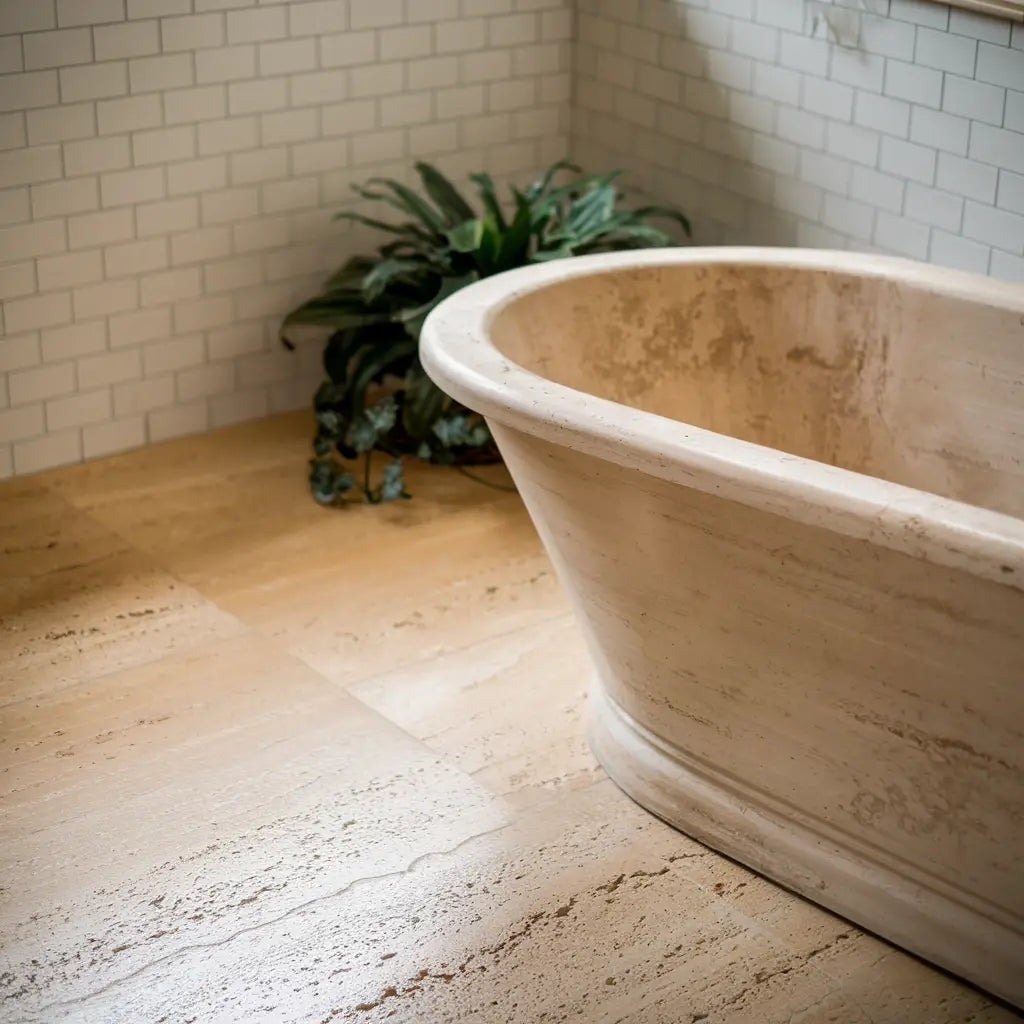 Brushed
Brushed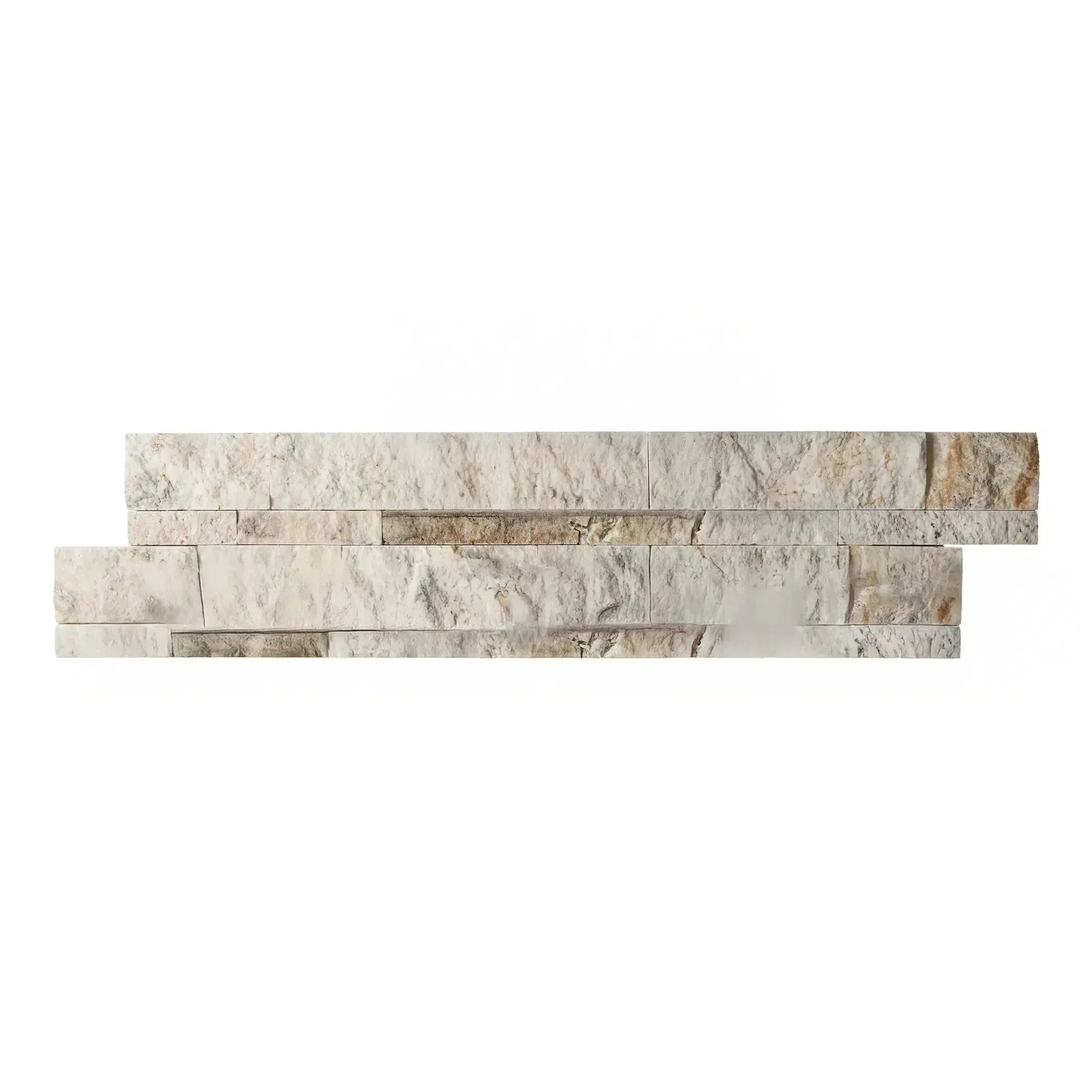 Split Face
Split Face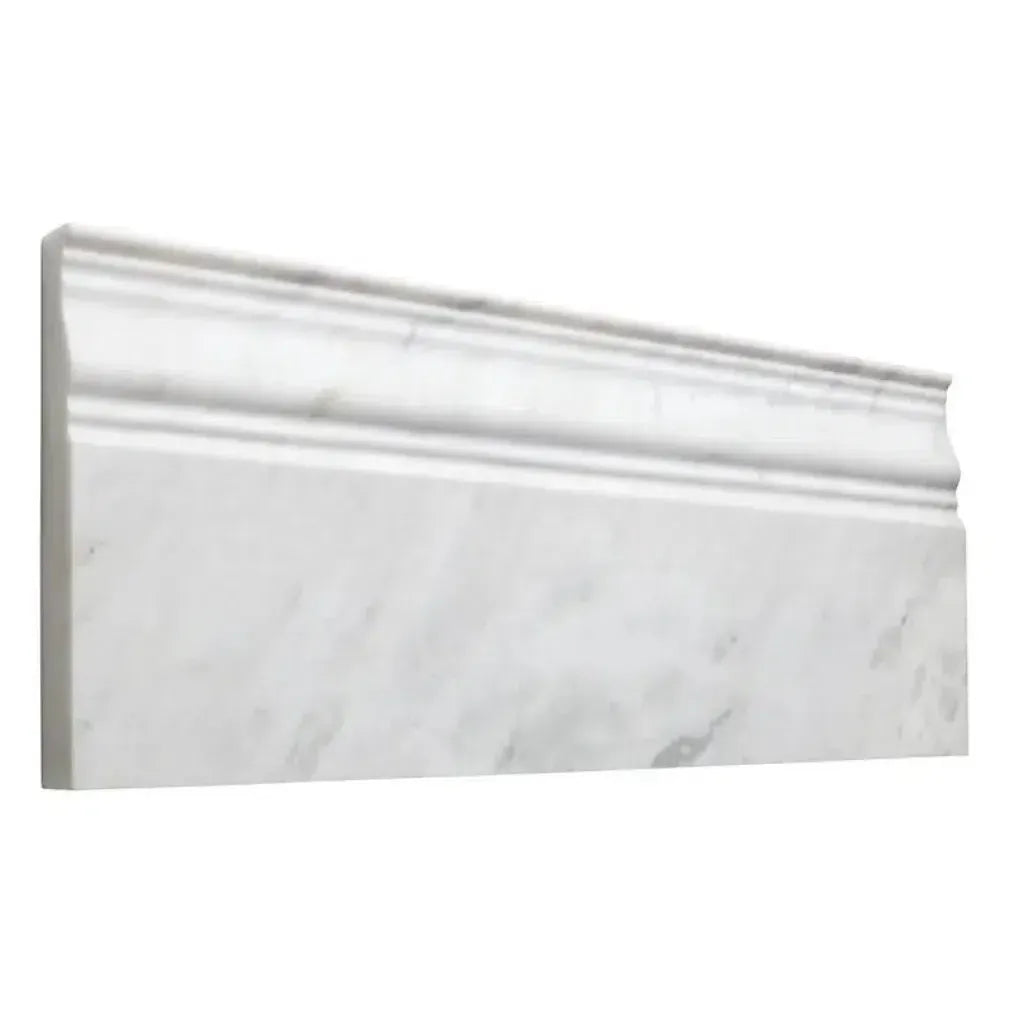 Textured
Textured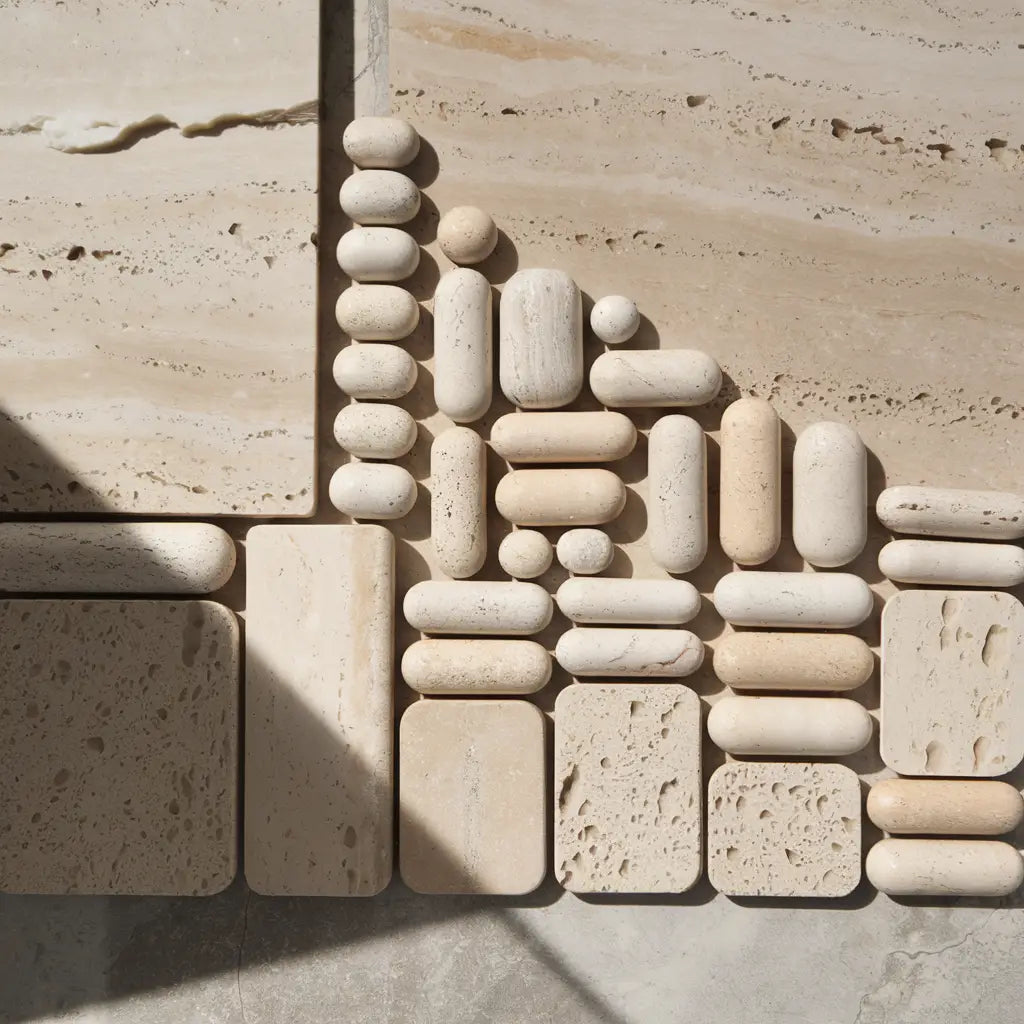 Tumbled
Tumbled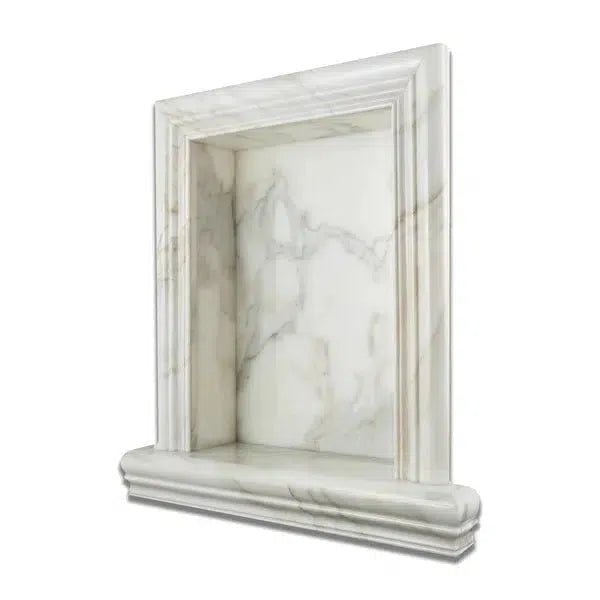 Accessories
Accessories
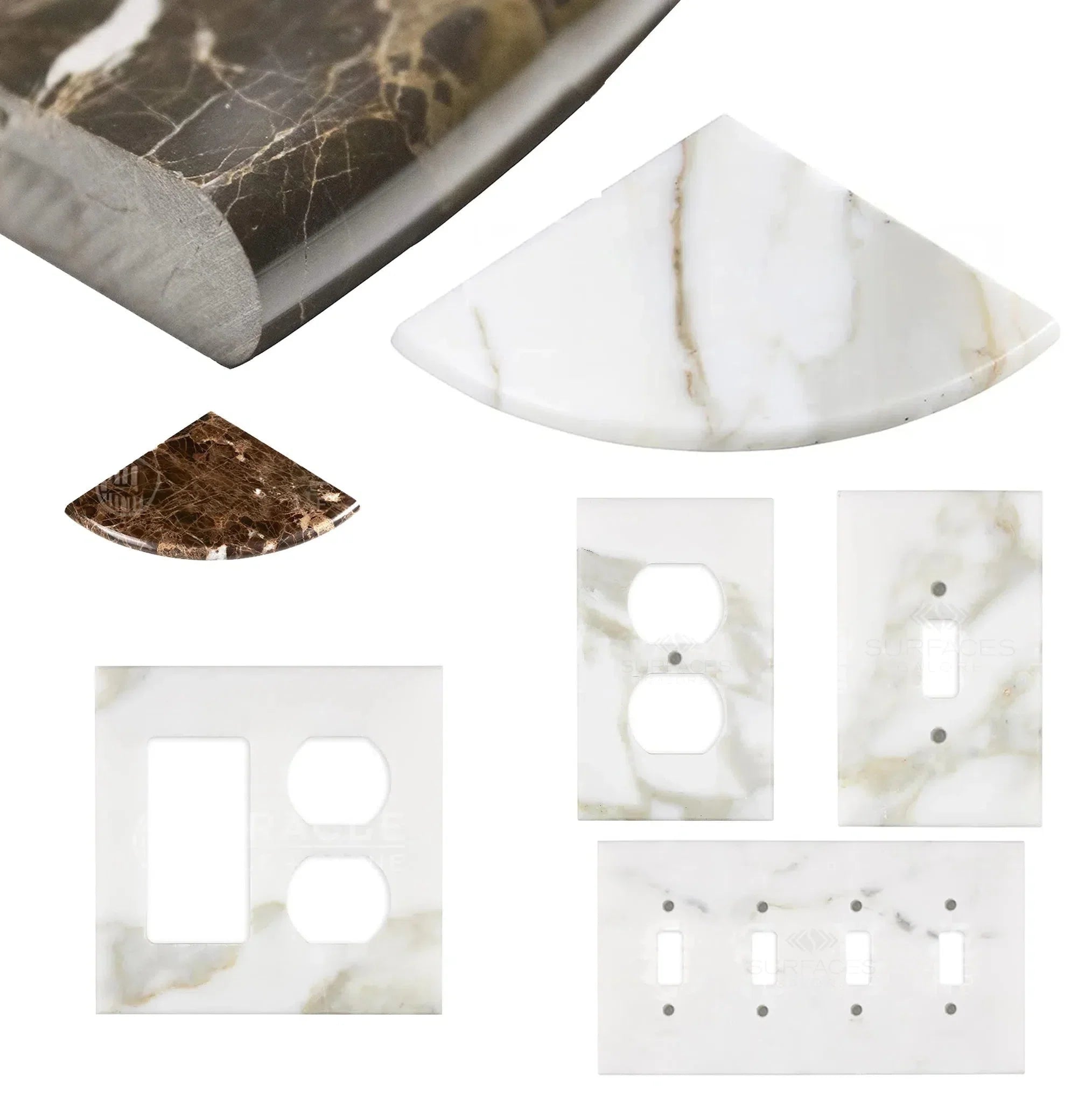 Wall Plate / Switch Plate
Wall Plate / Switch Plate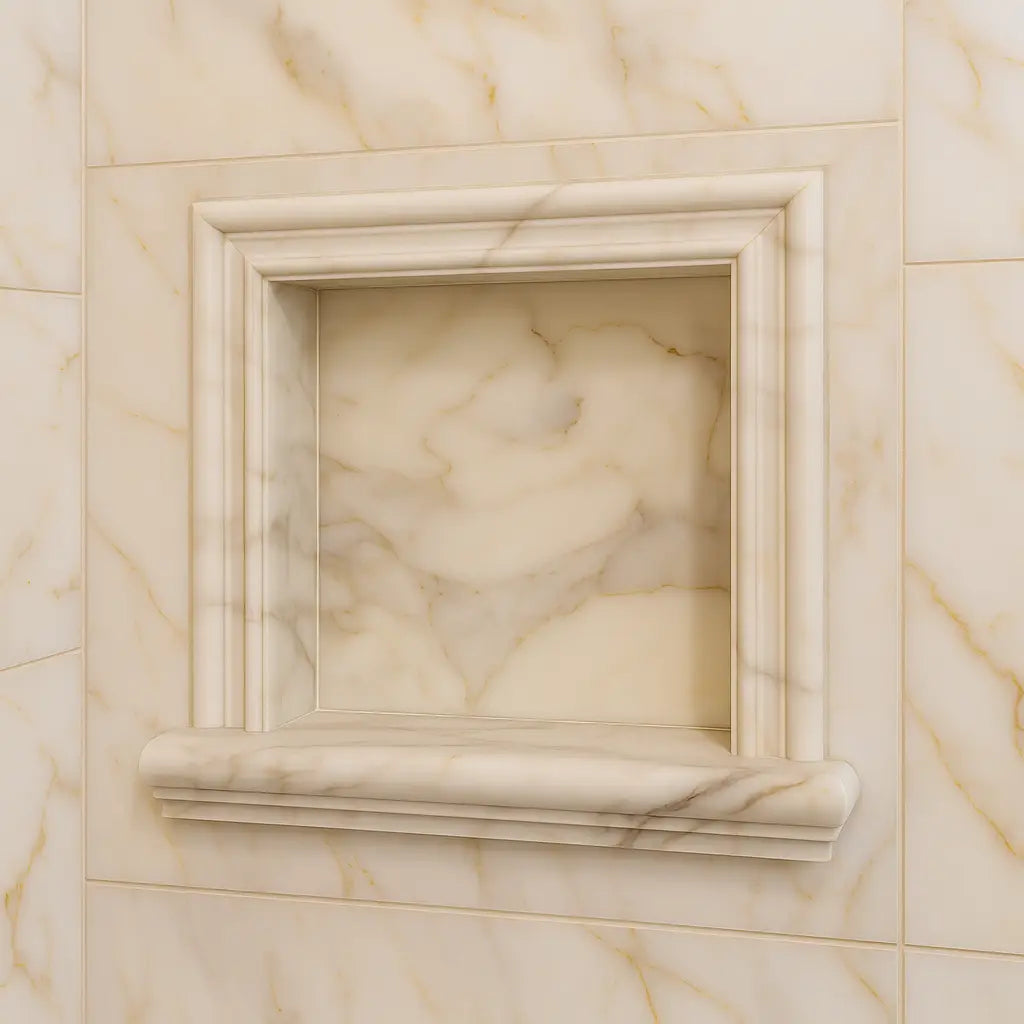 Shampoo Niche
Shampoo Niche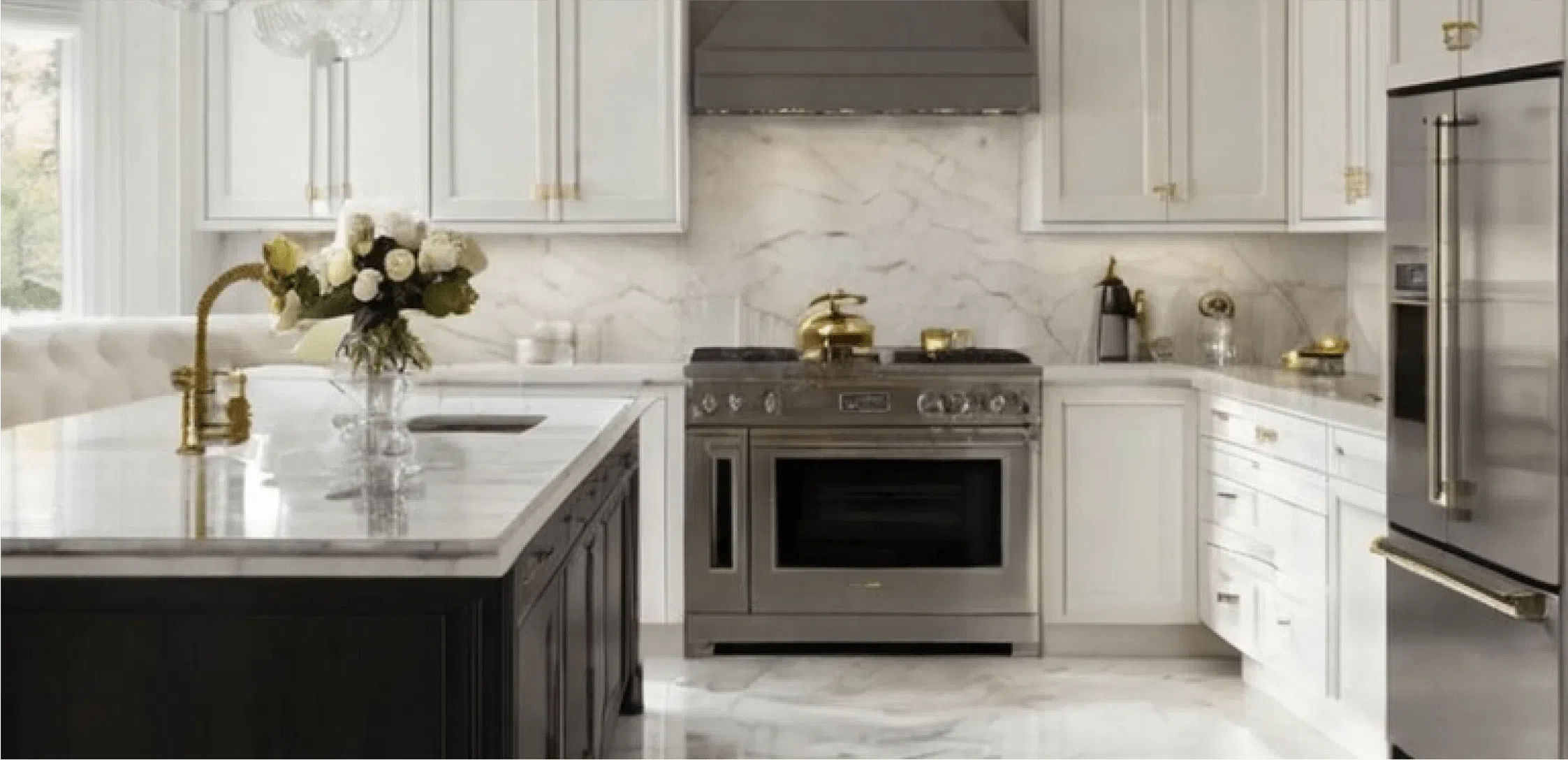 Corner Shelf
Corner Shelf Clearance
Clearance





Leave a comment